Northern Coast of Spain Travel Guide – Best Places to Visit, Things to See & Do
For a long time, I wanted to visit the northern coast of Spain. I know, a lot of people prefer the southern region with its Moorish sights, flamenco, stunning beaches, whitewashed villages, milder winters, and fiestas.
But I feel that cities like Barcelona, Madrid, Valencia, or for example Seville have taken all the attention. Plus, from late spring to fall when everyone goes to southern Spain, that region becomes very crowded.
Mark and I spent a good chunk of time going on road trips from Barcelona to Valencia, from Valencia to Malaga, visiting vineyards in the south of Spain, and exploring Costa Brava Region. There we wandered to small inland villages and walked the streets of busy cities. And we seriously loved it.
Yet, for some reason, it didn’t leave a feeling that we wanted to return, perhaps rent an apartment for a longer period of time and discover more of the region. Maybe the reason was that the scenery and nature reminded us a lot about Southern California where our life was too stressful, I am not sure. But the southwest of Spain didn’t impress us as much as the north.
In northern Spain, we also had much more time to spend since we decided to come for a couple of months and turn into locals for a bit. And that long holiday left a lasting impression. The north Spain coast actually made us change our perception of Spain completely. The more time we were spending there, the more we were falling in love with it.
So I wanted to write this post and share our favorite north Spain places and attractions. If you are visiting Spain for the first time and wondering if the northern region is worth your time, it definitely is! Because it’s simply impossible not to enjoy it. See below why!
Northern Spain Travel Guide – What Makes This Region So Special
Northern Spain is Greener and Cooler
I remember how dry and kind of dead the grass and plants in southern Spain looked at the end of November. And this is how they look like during most of the year. I know, every winter rain brings them back to life but late spring and summer heat and sun make them fade away again.
It is very common for Spain to be portrayed as a country with sun-scorched mountains and plains with endless olive plantations. I think it deserves its title when we look at the bigger part of Spain. But after a visit to Cantabria, Asturias, Galicia, and Basque counties, it comes as a pleasant surprise how green actually vegetation can get. And not only during the winter. Even in summer, it gets so green and so bright that you easily get stunned by the natural beauty around.
Surprisingly, because of the Gulf Stream, the climate in northern Spain is much more temperate than many can expect from a land of this latitude. This part has a maritime climate, with cooler (but still pleasant) summers and mild winters. July and August are the driest months, although rains are not uncommon.
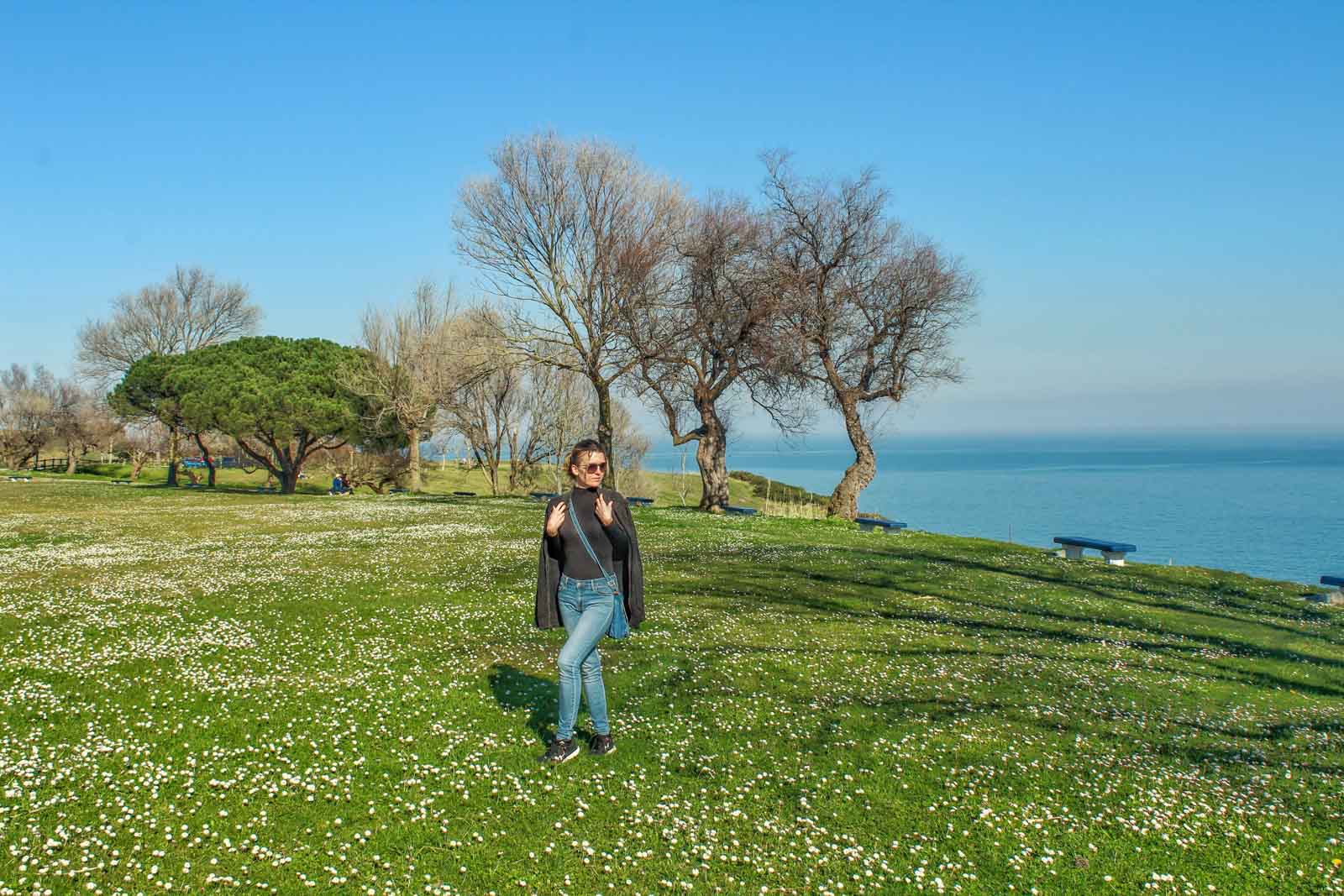
In the summer, the thermometer, as a rule, shows + 25º-30ºС (77F-86F,) and in the winter + 15°С (60F.) In the mountainous region of Picos de Europa, which lies at an altitude of more than 2,500 meters, the alpine climate reigns throughout the year. There you can see how the mountain peaks are always covered with snow.
Northern Spain is a unique place. It has an incredibly beautiful coast, where cliffs alternate with long beaches with clean fine sand, and snow-capped mountain peaks rise above coniferous and eucalyptus forests. The local population is affable and I can not call their rhythm of life anything other than leisurely. All this may well be the reason for visiting, buying a home here, or even moving to this region.
Psst: are you curious to know what people wear in this part of the country? Take a look at my Spain packing list.
|| RELATED POST ||
20 THINGS TO KNOW BEFORE HIRING A CAR IN SPAIN
Northern Spain Beaches Are Simply Mind-Blowing And Warm To Swim
To be honest, I underestimated the beauty of the north coast of Spain. I expected it to be dramatic and impressive but had no clue it would be that spellbinding. Every time Mark and I go to visit a new coastal city or town we follow the rule of stopping at the local beach, walking around it for a bit, taking a few pictures, and looking at waves crashing on the shore.
And every beach we visited so far looked so different from the previous and from the next one. Some beaches are wide with calm and sheltered waters perfect for swimming while others are narrowly nestled between rocky coastal formations.
There are beaches with white or bright yellow sand and those with shells and pebbles. It doesn’t matter what type of beach along the north coast we go to. Every single one of them captivates us so much that we are ready to run in the water despite the fact that it is early spring.
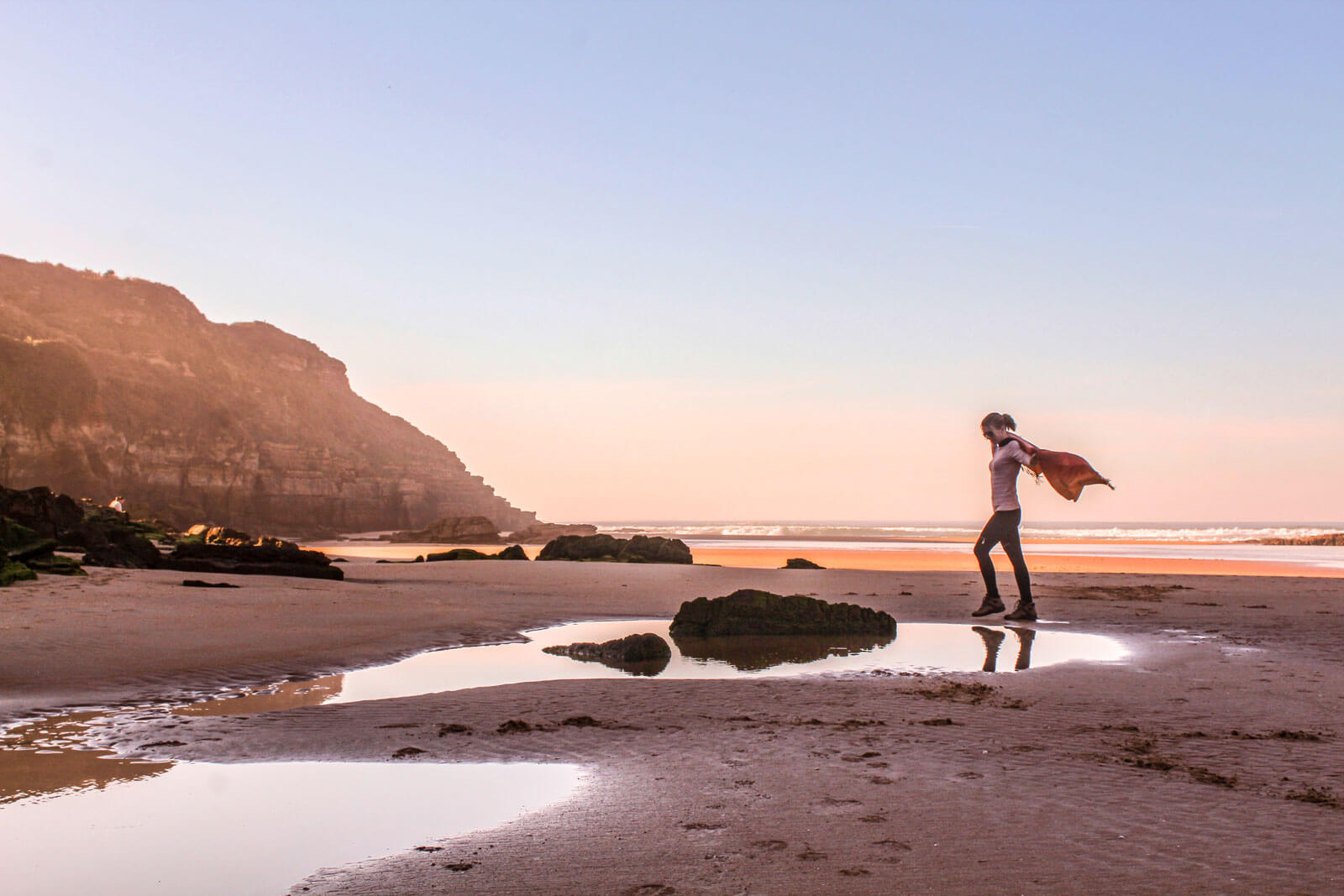
And what’s interesting – the ocean along the northern coast of Spain is not cold. There are many nice sunny days to sunbathe on the beach and even go for a quick dip (for those from the north).
The Northern Coast of Spain Has Some of the Finest Cheeses and Cider
FOR CHEESES…
Did you know that Spain is actually a producer of some of the finest cheeses in Europe? I always thought it was France which remains famous worldwide until this day. When we visited the Cabrales Cheese Cave in Las Arenas we learned that Spain produces more types of cheeses than France. However, since their production is directed mainly at a local market than international, Spanish cheese is not as well-known and popular around the world as their neighbors in France.
Each region in northern Spain makes some type of cheese. Asturias is famous for Cabrales cheese – a blue cheese made with a mixture of sheep, goat, and cow’s milk. Cantabria produces a creamy cheese with a bitter flavor called Nata de Cantabria. Galicia makes a few types of cheeses. One is Tetilla cheese – a creamy one with a salty flavor using cow’s milk only.
Another one is Arzula Illoa – a handmade soft mild cheese made with cow’s milk also but has a bit oily taste. The Basque country is home to Idiazabal cheese – raw sheep’s milk cheese with a hard and smooth crust with an intense aroma and high calcium content. It comes with smoke and creamy flavors.
A visit to a cheese farm is an interesting experience that you can get in any part of northern Spain. And you don’t need to plan it as a separate trip. It is very easy to stop by one of the farms (or stores where they can tell you a bit about the production too) on the way to a hike, beach, national park, or when visiting villages or smaller towns. There are quite a few of them scattered along the coast. Just don’t forget about the siesta time when most businesses close for a few hours.
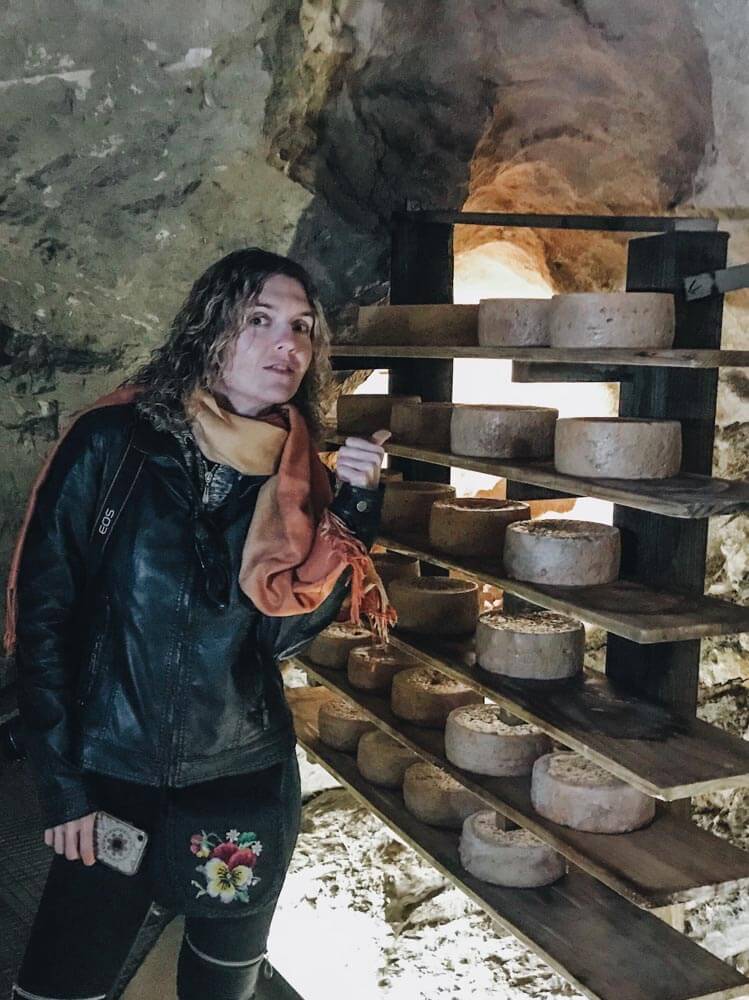
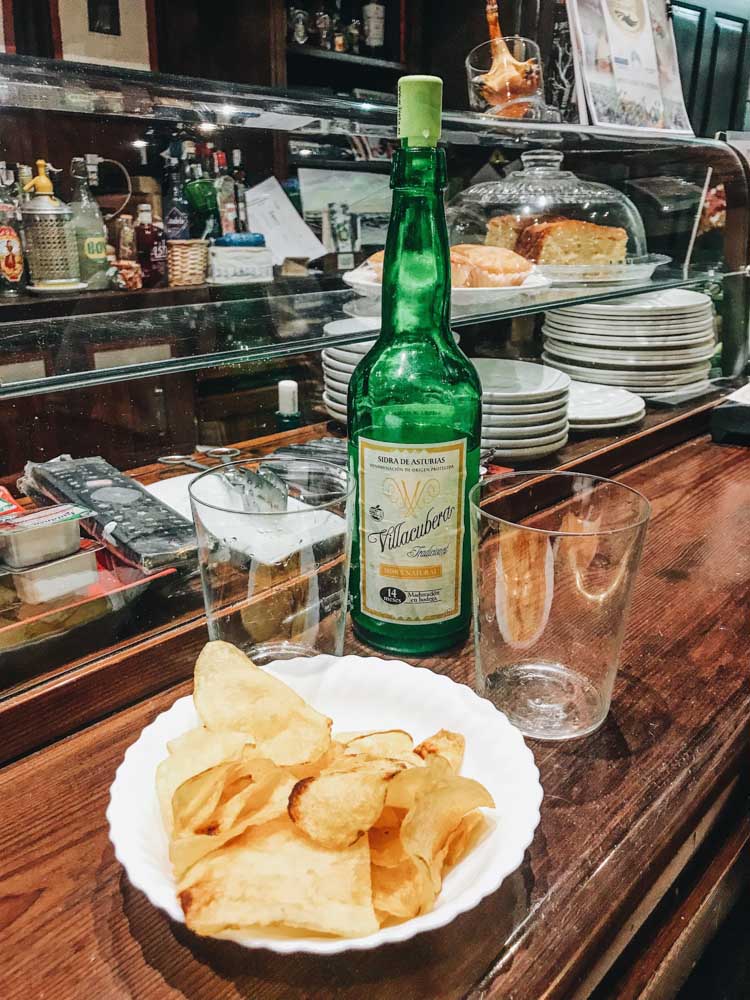
FOR A CIDER…
Cider is a drink that takes a special place in the lives of local people from Galicia to Basque county. It is an absolute must-try, especially when in Asturias. This region, being home to cider, is full of cider farms (called Sidras.) Some are bigger, some are smaller but all of them tell about the process of making cider and the most interesting part of how to drink and pour it.
When being on a road trip anywhere between Unquera and Cudillero, put in Google maps the word “Sidra” and you’ll see lots of options for where to stop for such a unique experience. By the way, the Cabrales Cheese Cave mentioned above includes a cider tasting after the cheese tour.
For a more authentic and entertaining experience, I recommend visiting one of the Taverns or Bars (they can also be called Sidrerias.) There, you’ll get a taste of cider beverages and witness the process of pouring and drinking it.
If you happen to drive in the evening from Santander to Gijon or back, stop in the tiny town of Villaviciosa. It has a lovely cafe de Vicente Pasteleria with a very friendly barman and a homey feel. The town itself is pretty unremarkable but its location right near the highway makes it easy to detour. And drinking cider there is an absolutely delightful experience. One big bottle is more than enough for two people.
Sometimes It Feels Like Ireland or Switzerland
Neither of us has been to Ireland (yet) but we definitely have seen many pictures of the Irish coast. On many occasions, when traveling along the Northern coast of Spain we get the impression that the scenery is very similar to that one on Ireland postcards.
Especially regions like Galicia and Asturias, known for its verdant and lush green landscapes, remind of Ireland. The abundant rainfall in these areas contributes to the vibrant vegetation, creating a picturesque countryside similar to Ireland’s. And both regions feature stunning coastal cliffs and a rugged shoreline that adds to the scenic beauty of the coastline.
At the same time, driving away from the coast towards the mountains changes the scenery in many ways. Irish motifs slowly turn into Swiss. Some parts of the northern region, particularly the Cantabrian Mountains, reminded me of the Bernese Oberland in central Switzerland. However, the mountains in Spain of course do not reach the same heights as the Swiss Alps.
Food in Northern Spain is Something To Travel For
The culinary richness of the north coast of Spain is represented by a variety of seafood dishes, meat, fresh vegetables and fruits, excellent cheeses, and wines. The choice of seafood is so wide that it’s easy to get lost when in the store or restaurant.
You can also be sure that foods there are always fresh and organic. There are no chemical additives, artificial coloring, or preservatives to make it last longer and taste better. The entire northern coast of Spain has a clean environment and high-quality natural foods.
Cocido montañes, a thick soup made from white beans, meat (pork, ham), cabbage, and blood sausage, is a traditional dish of the region, especially in mountain areas. Paella with seafood and mussels in white wine broth are very popular too.
It Is One of The Least Populated and Touristy Regions
Northern Spain is perfect for those who appreciate quietness, serenity, and a slower pace of life. In general, the region is not heavily populated, so it never feels too busy. Even in larger cities you rarely get disturbed by a hectic lifestyle. During the high tourist season (which is usually summer) you won’t find nearly as many tourists as in southern Spain.
A small population and the absence of a large number of visitors, a competent policy of local authorities in respect of nature and the environment have allowed this region to remain almost in its original state.
The majority of tourists to northern Spain are people who have traveled quite a lot around Spain and Europe. They can compare and understand the advantages of different regions. These people appreciate organic foods and high-quality beverages, can distinguish between natural and manmade beaches, and love nature in its original state.
So you won’t find many tour buses there with tourists standing in line to take photos of a certain landmark. You also won’t find crazy wild nightlife or completely stuffed beaches as in the southern regions of Spain.
Tourists do not come to party here at night and bake under the sun during the day. Northern Spain attracts travelers who appreciate slow pace travel and road trips, and who love nature in its pristine form, quiet beaches, and medieval villages.
How to Travel Around Northern Spain
We traveled by rental car that we hired in Madrid in January and I believe this is the best way to see the north of Spain as the whole country in general. In our experience, the best company to rent a car in Spain is RecordGo and Centauro.
They are very easy-going in terms of a drop-off (especially if you don’t buy insurance) and pretty much always have the lowest prices. It is possible to find a car for hire with them in multiple cities in northern Spain, but a bigger fleet and better prices are in Bilbao. You can browse all available options and prices here.
North Spain Weather & Best Time to Visit – Quick Overview
Contrary to the popular belief that north Spain is always wet and cold, in reality, its climate is ideal for visiting the area in any season of the year including winter. It just depends on what you are looking to do on a trip.
While winters in the north may not be as warm as those in the south, storms and strong winds do not constantly ravage the region day and night.
The oceanic climate, which extends from the coast of Galicia to the Pyrenees, is mild in winter and relatively warm in summer. Although the temperature does not vary much from season to season as in southern Spain.
Summers are rather cool with an average temperature of 22°C. But over the last few years San Sebastián, Santander, A Coruna and even Vigo saw 30°C in July and August which is warm enough for swimming in the Bay of Biscay.
Spring and fall have similar temperatures, always around 20°C, so this may be the best season for excursions, visits to national parks and farms, hiking and city tours.
Rainfall and strong winds are frequent on the coast, especially in winter, but this does not prevent you from visiting this area, as the average annual temperature is around 15°C. Just don’t forget to pack an umbrella if traveling to this part of Spain from December to February.
Overall, all seasons in northern regions of Spain offer a wide variety of activities, so it just all depends on what you want to do – either to be able to hit wide beaches, rest quietly in the natural landscapes, visit food festival in San Sebastian or go skiing. You choose what to do and north Spain has a perfect season for that!
Best Places to Visit in Northern Spain
Below you’ll find a list of the best cities in northern Spain and must-sees that include some hidden gems, natural wonders, and interesting museums. I include a map of the northern Spain coast with all the places to make it easier to understand the location of each of them.
Map of Northern Spain Holiday Destinations
The Best Cities in Northern Spain
There are so many beautiful cities and smaller towns to visit in this part of the country. It gets challenging to describe them all in only one post. So for the beginning, I would love to start with the cities to give a better idea of where to go in northern Spain.
And if you’d love more inspiration, then don’t miss my other post about the most beautiful coastal towns and villages from Basque country to the Galicia region!
Santander
Oh Santander, my love. I am going to praise this city so much because it became a temporary home. Or perchance it is really worth the hype.
Santander is a port city with incredibly beautiful beaches that can be a real attraction on their own.
The ancient white-marble buildings on the streets are interspersed with modern new buildings. And historic palaces rise among areas with urban landscapes.
Modern Santander with a population of only 180,000 people is a large port in Spain with a well-developed infrastructure. Since the beginning of the XX century, due to the fact that the royal family began to come here on vacation, this city has become a fairly fashionable resort.
These days it is not too popular because many tourists don’t know how beautiful nature here is, how clean beaches are, and how many interesting sights are around.
The wide-spread golden sandy beach of El Sardinero is one of the most beautiful beaches in northern Spain. The nearby Piquio gardens compliment the fabulous view of this area.
Visit Santander for ancient architecture, interesting museums, amazing views of the city from above, and some of the best ice cream.
If you’ll have a few days in Santander, I highly recommend visiting Cabarceno Natural Park. This is a unique park with almost 150 species of animals from the five continents that live in a semi-freedom there.
When booking accommodation and thinking about where to stay in Santander, look into the area surrounding hotel Santemar. It is a very lovely quiet area with dramatic views.
Bilbao
The largest city in the Basque Country Bilbao is literally a treasury of world modern culture. Combined with pleasant green surroundings and nearby beaches, it is a perfect city for long visits.
It got famous for its port industry and fishing. However, over time, the city became a center of modern art and architecture. With all the museums, innovative cuisine, and avant-garde architecture Bilbao can’t leave anyone indifferent. It is filled with beautiful old churches, gardens, bars, and the atmosphere of the old city.
Another thing, Bilbao is definitely for art lovers. Famous Guggenheim Museum, which presents contemporary art to the audience, elements of historical architecture tell an interesting story.
There is a subway in the city that reduces traffic jams and makes the city even more comfortable.
Pamplona
Pamplona is a city with a rich history, which was once the capital of the Kingdom of Navarre.
Today, a lot of people know it for the festival of San Fermin when fearless souls tend to get ahead of the herd of bulls running through the city streets (crazy!)
If you are looking to see this type of show with your own eyes then come to visit in July. The festival lasts for 6 days. Just make sure to rent accommodation in advance and check it faces the street where bulls run. Another popular activity that attracts tourists here is bullfighting.
Also, Pamplona is the first city on the Spanish Pilgrim Road. Here you can see many parks, historical monuments, and other fascinating sights.
San Sebastian
Many times San Sebastián was recognized as the most beautiful city in Spain. With its layout and architecture, in some way it resembles Paris. At the same time though, it is quite simple in style, with 5-6 story buildings that look alike. Most of the local buildings belong to the XIX century since in 1813 the city was completely destroyed by the British and Portuguese. It is always very pleasant to go for a stroll and get lost on its pretty streets.
The aristocratic and comfortable San Sebastian has everything you need for a good vacation. It captivates with a developed infrastructure, magnificent beaches, high waves for surfing, interesting sights, one of the best centers of thalassotherapy in La Perla, and very tasty food.
By the way, it is also famous for its huge number of pubs and bars, each of which has its own unique vibe. Thus, for the best experience, try to go on a food tour. Especially popular are pintxo and wine tours.
Speaking of the beaches. Three of the most picturesque beaches La Concha, Ondarreta, and Zurriola make San Sebastián a popular resort city. With easily accessible mountains nearby the coast looks even grander.
Despite the fact that San Sebastian is a small city, a significant international film festival takes place here every year. In July the city hosts a jazz festival and a few other festivals take place throughout the year too.
If you try to stay away from crowds on your travels, it is better to avoid visiting during the festival time.
Oviedo
Oviedo is the capital of the province of Asturias. People from all over Spain know this city well enough due to its religious traditions and many religious monuments.
Pilgrim Road to Santiago goes through Oviedo. Here, truly ancient churches that date back to the eighth century still operate to this date, including the Cathedral of San Salvador and the well-preserved Basilica of San Julian de Los Prados.
Another attraction that you should definitely see is La Foncalada fountain of the 9th century. It represents the Romanesque style and has survived to our days.
Undoubtedly, Oviedo is one of the best cities to visit in Spain. It takes some time to walk through it and visit attractions (and eat local tapas of course,) so I advise you to try to come for at least a day.
Santiago de Compostela
Santiago de Compostela is a small but very interesting city in the northwest of Spain which is the capital of the Galicia region.
First of all, the world knows it as the final point of a long pilgrimage route for many Christians. The route begins in France but ends here. This place is extremely important since one of the apostles of Jesus Christ Saint James is buried there.
In the Middle Ages, Santiago de Compostela in its significance for the Christian world was equal to Jerusalem and Rome.
Today, it is famous for the historical center and a combination of ancient streets and architectural styles with Romanesque, Gothic, and Baroque churches. In the center of the city, a magnificent cathedral is one of the most outstanding masterpieces of sacred architecture in Spain.
Lugo
Lugo is one of the oldest cities in the Galicia region that became famous throughout the world for the city wall of the ancient Roman era, erected in the late III – early IV centuries BC. This is the oldest of the defensive walls in Spain. Its length is more than 2 km and width 6 meters. You can walk along the high ridge of this wall, admiring the views of the city.
This ancient city on all sides is surrounded by magnificent landscapes, pine, and eucalyptus forests. The air here is always so fresh and clean.
The old part of Lugo preserved many monuments of architecture of different times.
The two main points in the city are Plaza Santa Domingo and Plaza de Espana. On the second square is a governmental building dating back to 1740 with an interesting Baroque-style facade and clock tower of the 19th century.
Among the architectural sites, it is worth noting the monastery of St. Domingo of the XVIII century (which houses a museum), the Cathedral of Lugo (1129), and the Church of St. Pedro.
In addition to architectural monuments, the center is famous for local bars and taverns on narrow, winding streets. This city in northern Spain offers an excellent selection of traditional tapas with a glass of wine or beer.
Also, Lugo is an excellent place to enjoy traditional Galician cuisine. This is one of those destinations in the Galicia region where, along with traditional seafood and fish, meat dishes are also popular. And many restaurants offer great local wines.
Burgos
Burgos is one of the newer beautiful cities in Spain, built in 884. It’s great to visit it on a road trip from Madrid to Bilbao or on a day trip from Santander or Bilbao. This city is considered to be the capital of Castilian Gothic, and the local Burgos Cathedral was among the first on the UNESCO World Heritage List.
The center has this unique charm of Spanish antiquity. A beautiful Plaza Mayor, narrow streets, palaces, and temples fascinate every guest to the city. A medieval fortress Casa del Cordon with underground tunnels is connected to the cathedral with a picturesque promenade.
The modern and many-faced Burgos can offer its guests everything that you may think of – delicious food and wine, the medieval atmosphere, many parks and boulevards full of greenery, shops for every taste, nightlife, and even a beach on the Arlanzon River.
To fully enjoy Burgos and get a feel of its strict Castilian character, a few hours of time is not enough. You’d need at least a full day to see everything and relish the lively atmosphere.
Astorga
Astorga, in the province of Leon, is one of the important cities in northern Spain with a two-thousand-year history. There are countless sights here telling about the great historical past.
Besides them, there are no less impressive villages scattered around the city. All of them have ancient stone houses and a unique feel. It is worth exploring them if you are visiting the region for a longer period of time.
During the Roman Empire, the city was considered the largest center of Christianity in western Spain. The modern bishop’s palace here is the work of Antonio Gaudi. And, until this day the pilgrimage route, Camino de Santiago is passing through Astorga too.
In the city, you’ll find the ancient Roman walls with the ruins of therms, aqueducts, and Roman Forum. Astorga Cathedral is magnificent, combining Gothic, Renaissance, and Baroque styles. A fabulously beautiful symbol of the city, the Bishop’s Palace has the spirit of a medieval French castle.
Astorga is often called the “Red City” since most of the buildings are built with local bright red bricks.
Leon
The city of Leon is the cradle of democracy and an important pilgrimage point on the way to Santiago de Compostela. Nowadays, it is a place with a rich history, many attractions, and the opportunity to get a good university education.
Leon was founded on the site of an ancient Roman military camp. However, there is not much left of the ancient era, only the ruins of Roman structures in the dungeon under the Leon Cathedral.
This city is small and not many tourists visit even though the old center has several gems of architecture.
The historical part brings travelers to the atmosphere of the Middle Ages. The main attraction here is the Cathedral, a huge early Gothic church of Santa Maria de Leon. Also, Leon is home to another magnificent work of Antonio Gaudi – Botines House, built in a medieval spirit with elements of Art Nouveau style.
The most striking masterpiece of contemporary architecture is the Museum of Modern Art, MUSAC. This building with a futuristic multi-colored facade has become a unique art object that brought Leon international fame.
Other Must-See Places in Northern Spain
Bardenas Reales Natural Park – For Martian Landscapes & Nature
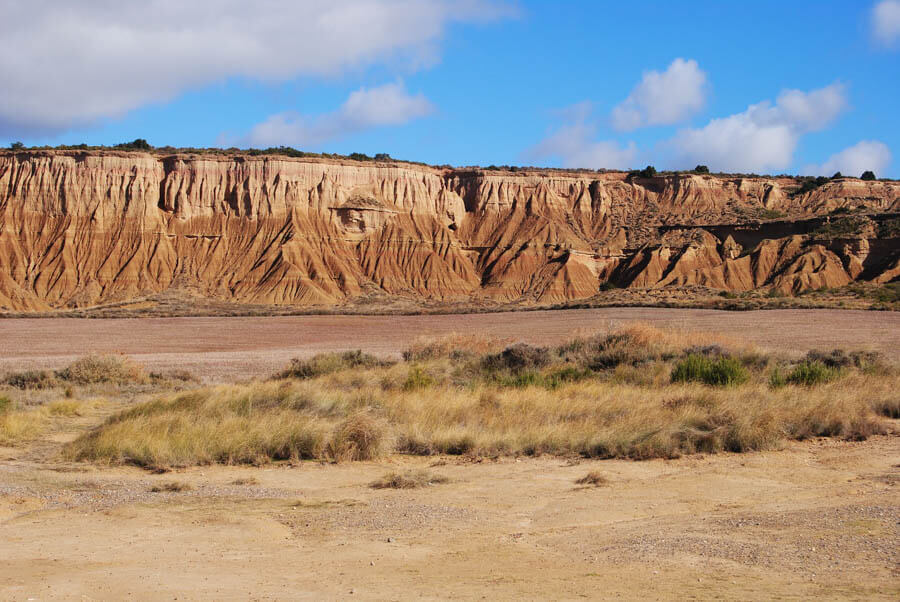
One of the top places to visit in northern Spain is Bardenas Reales Nature Park. This place is so incredibly unique with its lunar and Martian landscapes that you may wonder if you are still on the planet Earth. In fact, the scenery in the park is somewhat reminiscent of American Arizona.
Many videos, films, and even the Game of Thrones series were filmed here.
The Bardenas Reales Nature Park and Biosphere Reserve is a huge semi-desert area in the southeast of the Navarra Kingdom. You can move around the park by car, by bicycle or on foot. Due to many cars and rather narrow roads, going on foot may be the best option.
There are several entrances to the park but the main one is on the N-134 highway, which connects the towns of Tudela and Arguedas. By the way, if you have time, I advise you to visit Tudela – a small town founded by Muslims in 802.
At the entrance to the park (at 15 km N-134) there will be an information and tourist center. There, you can get a map and information about the park, its history, flora, and fauna. Entrance to the park is free, opens at 8 am, and closes an hour before sunset. A leisurely road trip in the park will take at least a few hours but you can spend the entire day there.
Feel free to park your car in designated areas and explore this amazing park on foot. The most interesting thing for some people is that on the territory of this biosphere reserve there is an active military training ground.
Thus expect to see restrictive signs everywhere, military attributes, and landscapes dotted with scars from training bombings. But honestly, it only adds up to the atmosphere.
Urdaibai Nature Reserve – For Cave Paintings & Coastal cities
Urdaibai Nature Reserve is another unique place in northern Spain that don’t many international travelers know about. It is a wetland habitat that comprises the Cantabrian oak forest, marshland, cliffs, and beaches.
Among many interesting things to do in this nature reserve, the Oma forest with painted trees and Santimamine Cave are the most famous. Oma forest has a somewhat magical atmosphere (Spanish fairytales insist this forest is hiding witches and elves) and Santimamine Cave offers free excursions on Thursdays.
On the territory of the biosphere reserve Urdaibai, there are also many coastal towns where you can spend a day or two on the cozy beaches.
We visited quite a few of them but the most favorite became the town of Bermeo, Mundaka, and Sukarrieta. It’s simply because there we could rent a mini boat, visit the botanical park, go on a few short hikes and enjoy beautiful views of the bay.
WHERE TO STAY IN URDAIBAI NATURE RESERVE: Urdaibai is easily accessible on a day trip from Bilbao, Santander, or San Sebastian. Yet, if you get a chance, it’s better to stay in this nature reserve instead of a city. Views, fresh air, and serenity help to completely distract and unplug.
We loved Casa Rural Ozollo for clean rooms, budget-friendly prices, and the most magical view over the delta. But there are many more guest houses in other towns along the river, see them all here.
Guernica – Museum of the World and Ceramic Reproduction of Picasso
In the same Urdaibai nature reserve that I mention above is an interesting town Guernica. One of the best-known Pablo Picasso paintings, bearing the name of this city, is undoubtedly more famous than the town itself. Simply because most people don’t know what it has to offer.
A small town Guernica in Basque Country has fantastic museums.
So the main museum here is the Peace Museum (Foru Plaza, 1). In addition to it, there is also the regional museum Euskal Herria Museoa (Allende Salazar Kalea, 5) which tells in an interactive form about the Basque Country, the Basque people, its traditions, and culture.
Next to it is a European park where you can relax and enjoy the entertaining sculptural compositions by Eduardo Chillida and Henry Moore.
On Pedro de Elejalde street, there is a ceramic reproduction of the famous Picasso painting.
To effectively and quickly explore Guernica, I advise you to head straight to the tourist office (Artekalea, 8). There, you can get a map of the city with the main attractions. By the way, in addition to the museums mentioned above, the Guernica tree (a symbol of Basque autonomy) and bomb shelters scattered in different parts of town are also worth seeing.
Gaztelugatxe
One of the best things to do in northern Spain is to visit Gaztelugatxe, a small peninsula in the Bay of Biscay which resembles a castle. Its name literally translates as Castle in the Rock. If you have been watching the Game of Thrones show, you may recognize this landmark. The location appears in the scenes of this show.
There is a pedestrian bridge that goes through the peninsula all the way to the top of the rock where a small but very beautiful chapel is.
The highest point is at an altitude of 231 meters above sea level. And the views from anywhere around the castle as well as from the top of the rock are breathtaking.
The best way to visit Gaztelugatxe is by car or on a tour. Game of Thrones fans will love this half or full-day guided tour from Bilbao since it discovers the most spectacular filming locations from Season 7.
Picos de Europa
Picos de Europa is the first park in Spain to receive national status. This is one of the two most famous sights of the north of the country along with Santiago de Compostela.
To get the most out of your visit, you’d need to spend at least 3 days in the park. We went there a few times on our day trips from Santander but still didn’t cover everything we planned.
Besides multiple hiking opportunities and road-tripping, you can also travel around the park by canoe, mountain bike, and even snowshoeing. A variety of excursion programs include cable descents into ravines, rock climbing, paintball games, horseback riding, and many other types of adventures.
If booking a tour, choose the one which also includes a visit to the caves and mountainous villages, like this private 11-hour long tour.
If the hiking type of recreation is not your thing, you can also use the cable car to the top of the mountain on 1800 meters above sea level. Observation decks provide a unique opportunity to view all the greatness of a mountain valley. High in the mountains, the snow stays on the ground up to six months.
Entrance to the park is free, you’ll need to pay only for parking (€3 per car per day).
In the high season (from June 1 to October 6), cars are allowed only until 08:30 in the morning or after 21:00. If you are late and don’t enter the park before 8:30, then leave your car at the transshipment parking lot (there are four in total) and take a bus from there (a ticket costs around €10 round-trip).
La Rioja
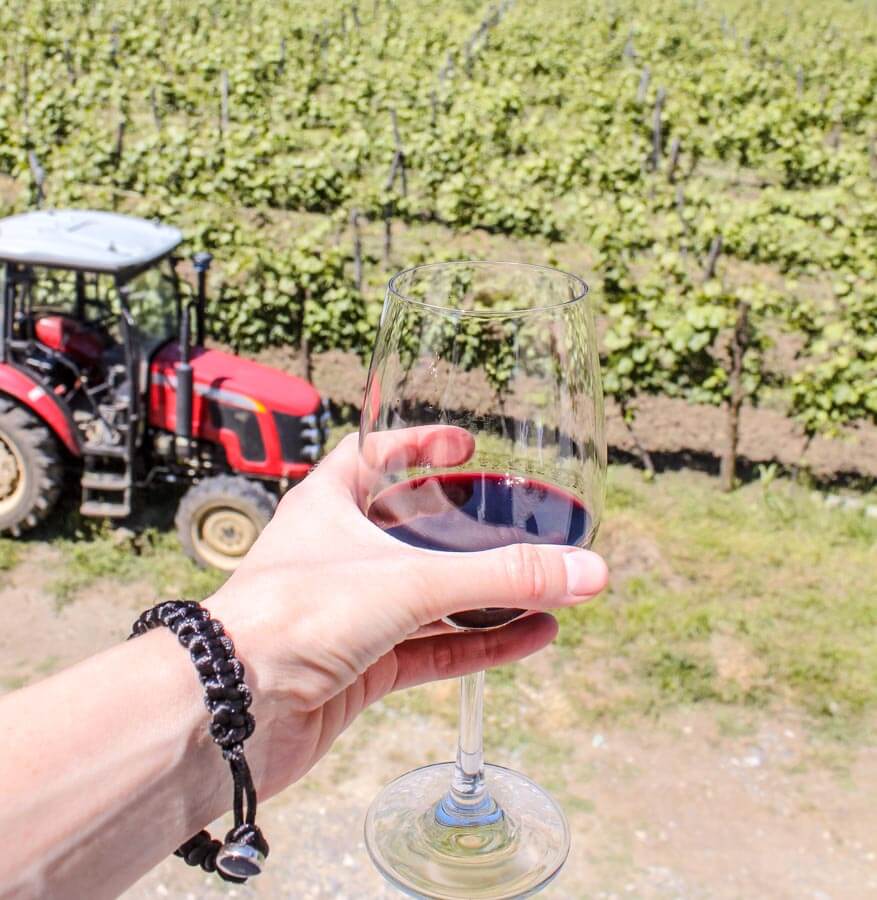
Travelers who appreciate good wine and are on their way from Zaragoza to San Sebastian (or back) absolutely must visit the Rioja wine region and add it to their northern Spain itinerary. It is home to more than 500 wineries.
The unique climate helps to make the wine very tasty and unique. Some wineries offer their visitors a trip around the vineyards in special carts and shuttles. While others run masterclasses that introduce visitors to the art of winemaking.
With so many vineyards that dot the hills of north Spain, vintners improved the art of creating world-famous wines. The main wine areas to visit are Rio Badia, Rio Alta, and Rio Alavesa. If you don’t have a car and plan to visit San Sebastian, look into an organized tour that includes wine tastings in San Sebastian and visits to a few wineries.
Rioja is one of the best winemaking areas in the world. Definitely add it to your north Spain holiday.
Santillana Del Mar
Santillana Del Mar for many years was on many lists of the most beautiful small towns in Spain. Set amidst green hills, just 4 km from the ocean, this village inspires artists, poets, philosophers, and writers.
The historical buildings, starting from the Collegiate of the 11th century and ending with residential buildings of the 14th and 17th centuries, impress with their charm and grandiosity.
In the 17th century, the rulers of Santillana del Mar decided that the city was good enough and didn’t need any other construction. Since then, the authorities have stuck to the same point of view and didn’t change anything.
So if you want to plunge into a medieval fairy tale with narrow cobblestone streets and try fresh local cheeses, Santillana del Mar is a good pick.
In addition to the charming architecture and atmosphere of the town, in the vicinity of Santillana Del Mar, be sure to check out the famous Cave of Altamira, a cave complex with charcoal drawings of Paleolithic art. The historic center of the town and the Cave of Altamira are included in the UNESCO World Heritage List.
When visiting Santillana del Mar, don’t forget to take comfortable shoes. This beautiful medieval village offers lots of walking.
These caves are famous for their prehistoric paintings, and the name of the city comes from the name of Saint Julian.
Overall, various Renaissance palaces and churches make this cute little village an important historical area in Cantabria province.
More Posts About Travel in Spain
Traveling to southern Spain any time soon as well? Check out my posts in that area!
- Weekend in Malaga – how to see all main highlights if you have only 2 days
- Car hire in Malaga Airport vs City Center – where is better
- Places to Visit in Andalusia by car – ideas for a road trip in southern Spain
- Barcelona to Andorra drive – unique road trip you didn’t know about
More Similar Posts Around Europe
- Most Beautiful Places in Northern Norway – together with a few travel tips
- Best Things to Do in Turkey – for a bucket list experience
- Beautiful Places to Visit in Northern Tenerife – travel tips & things to do
I hope you will enjoy the Northern coast of Spain even more than we did! If you have anything to add or ask, drop me a comment below!
And, don’t forget to share this post on Pinterest!
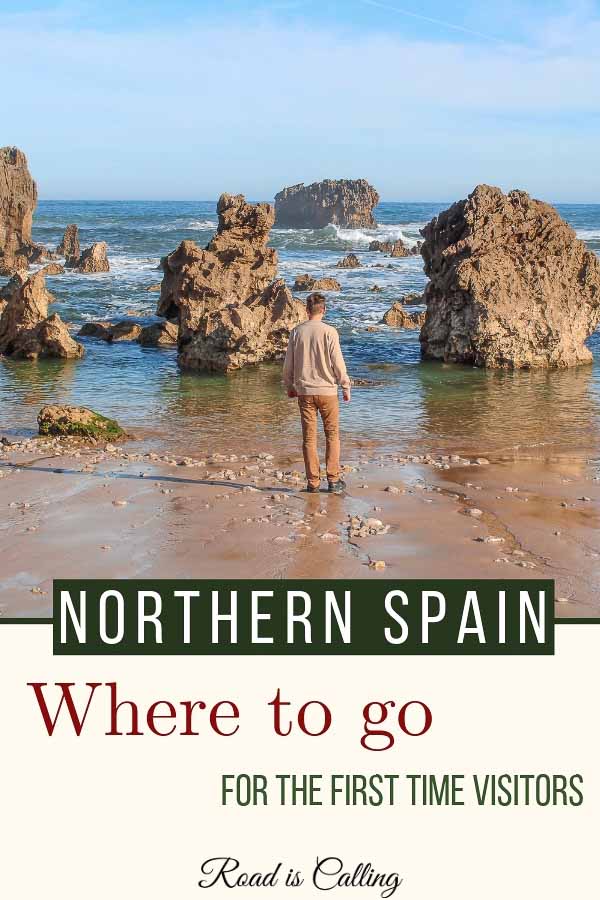
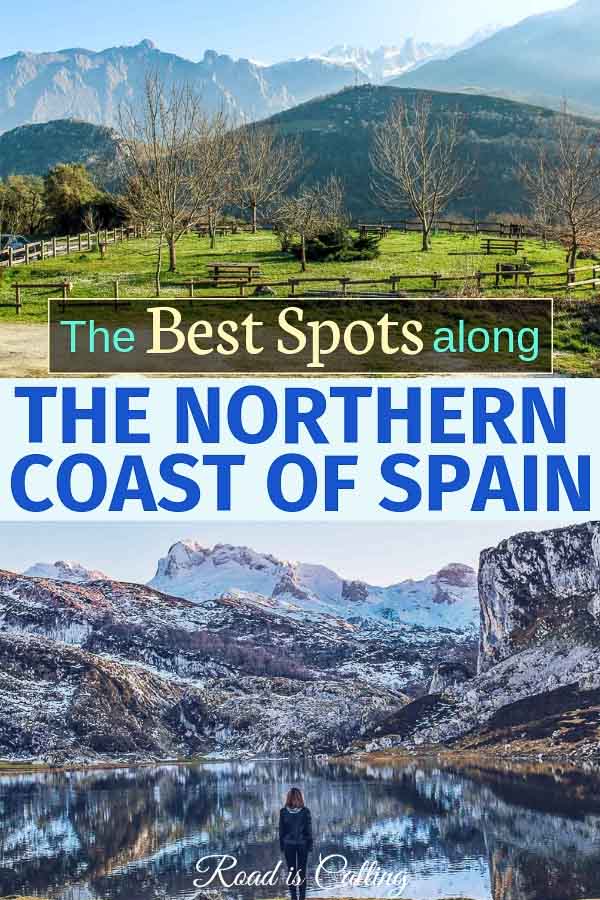
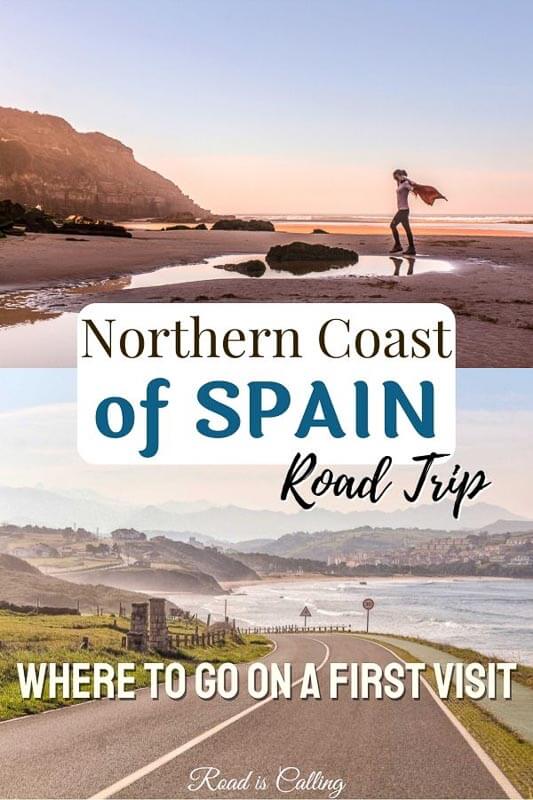
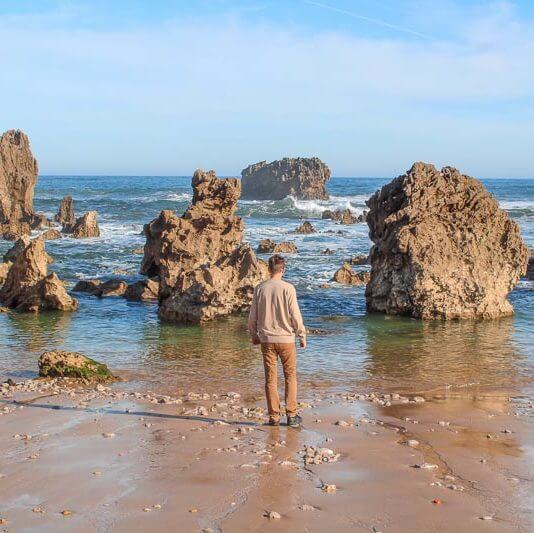
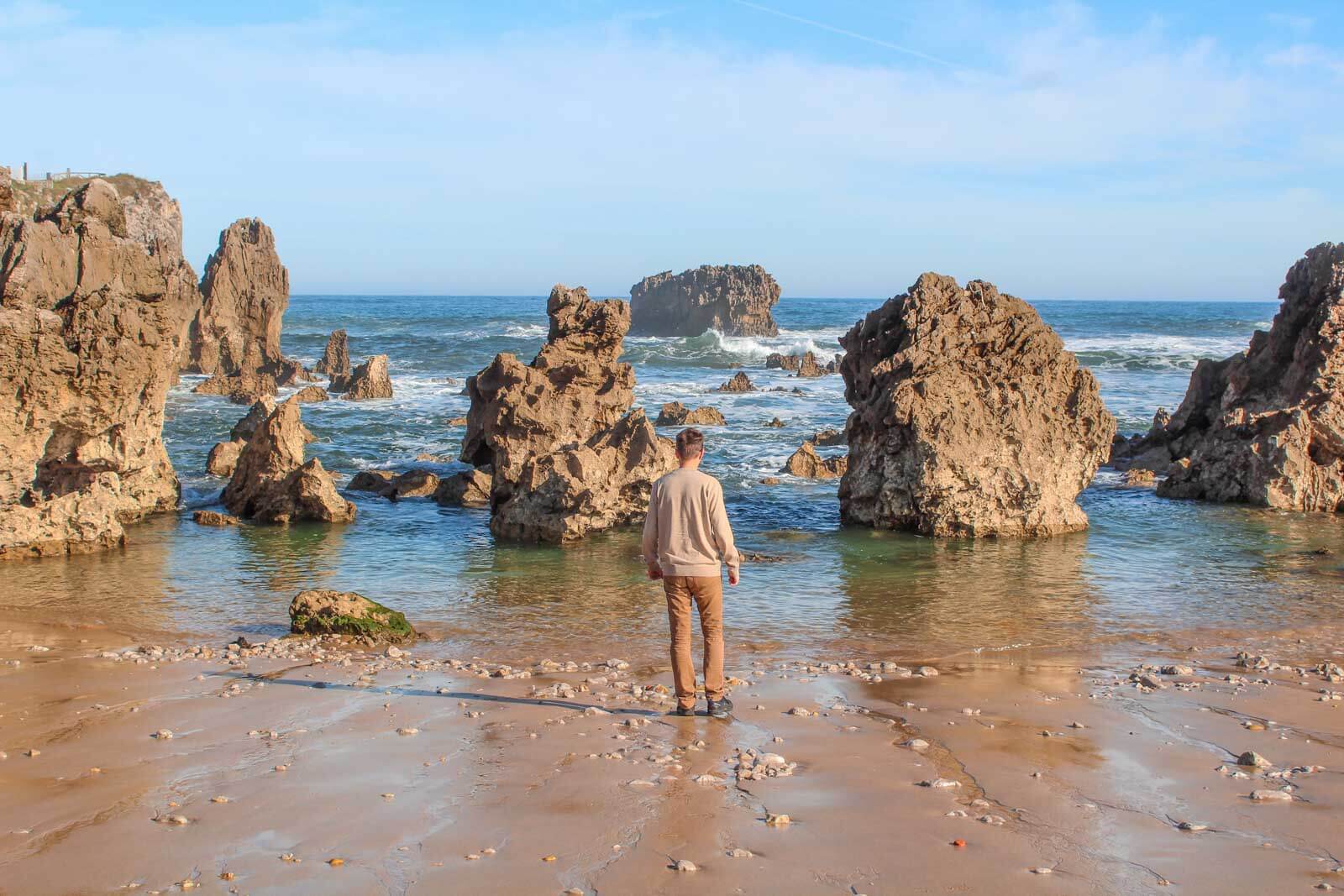
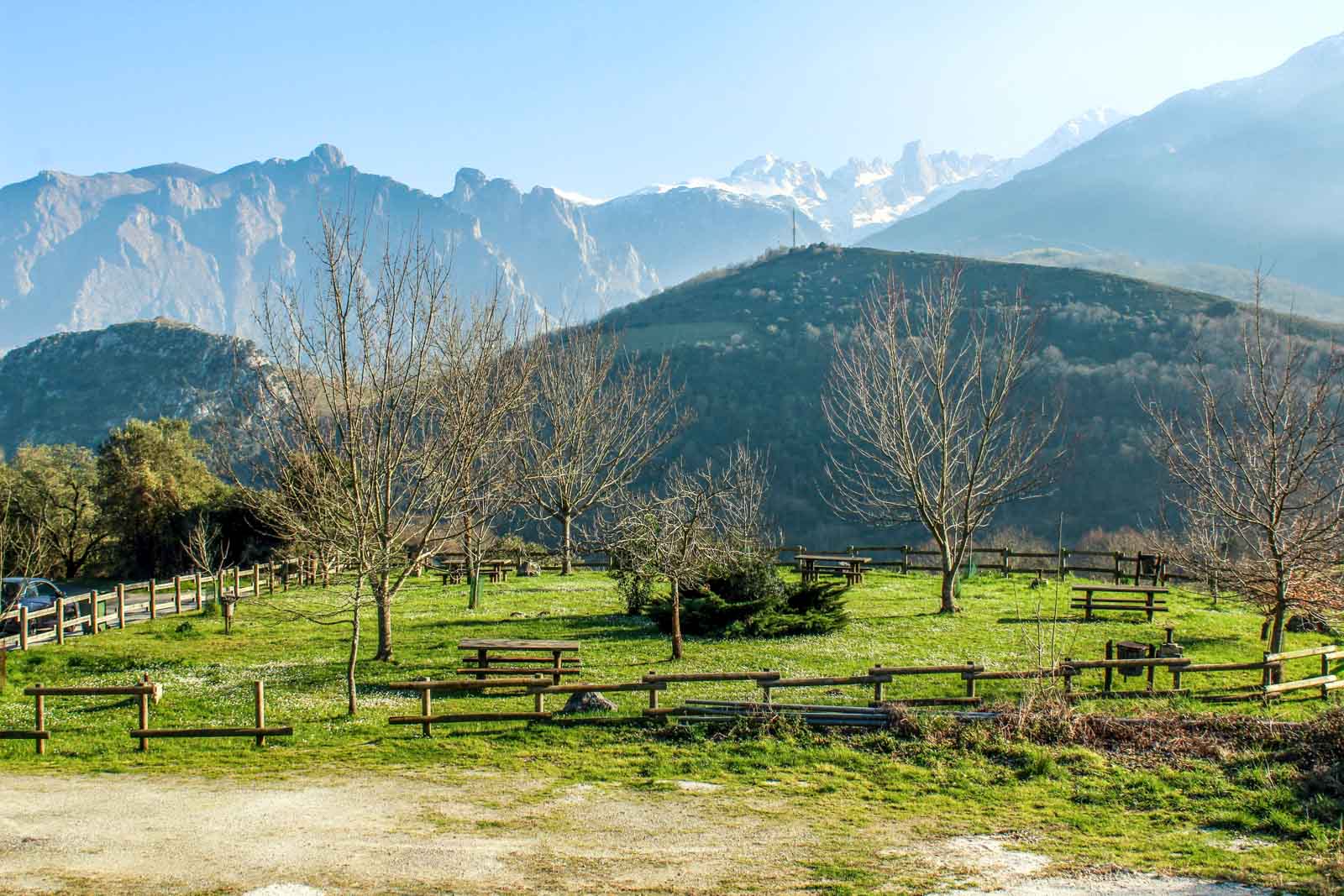
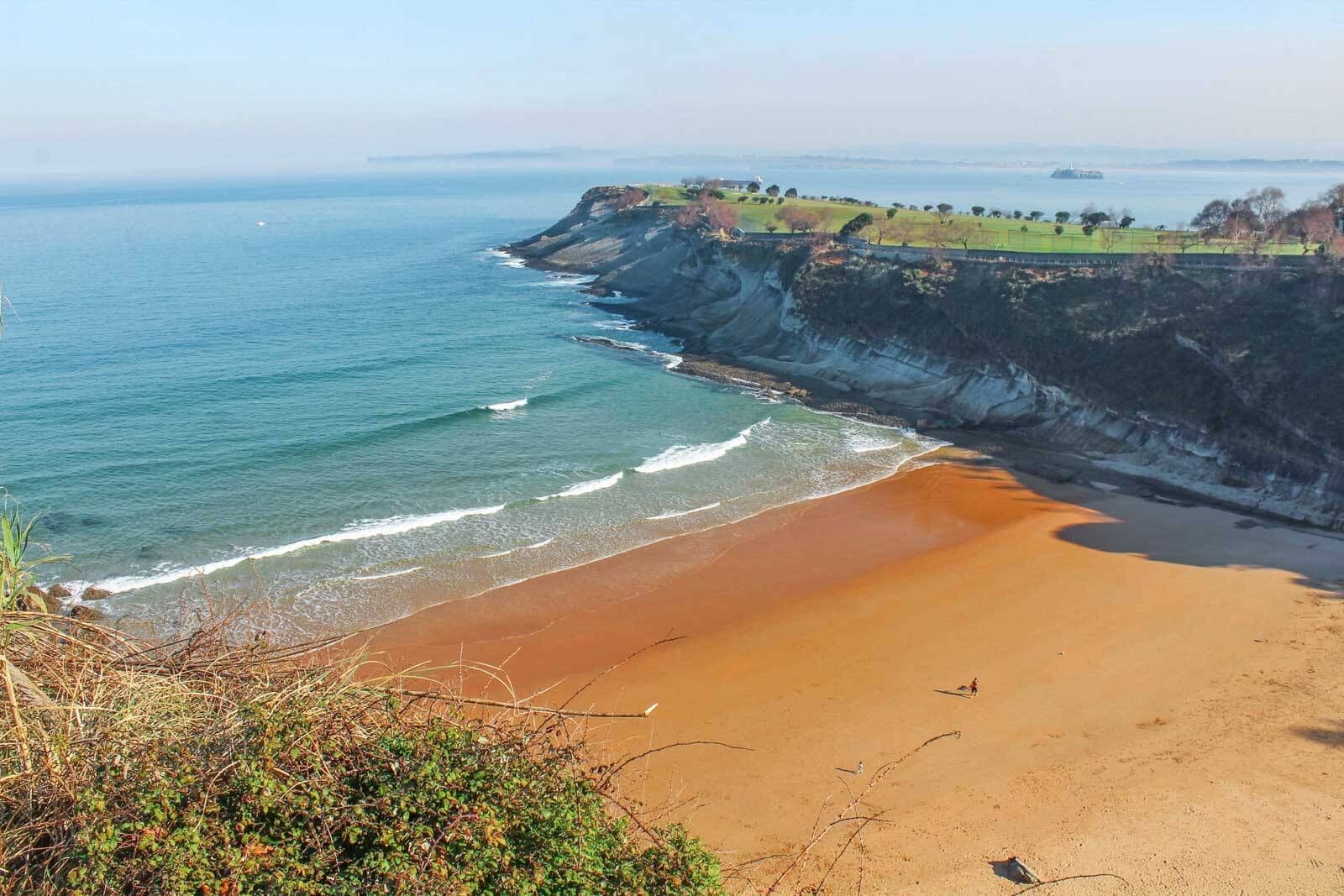
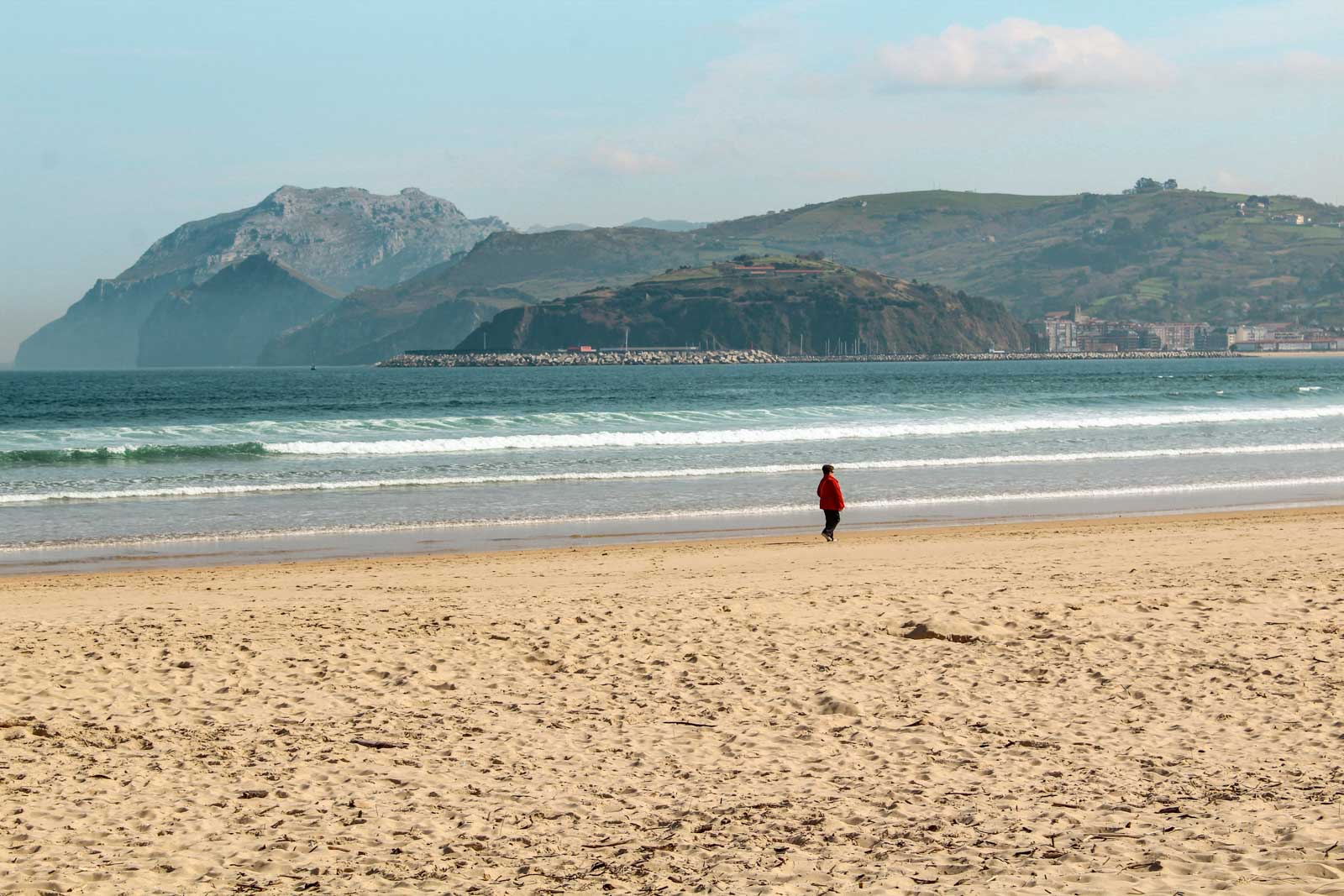
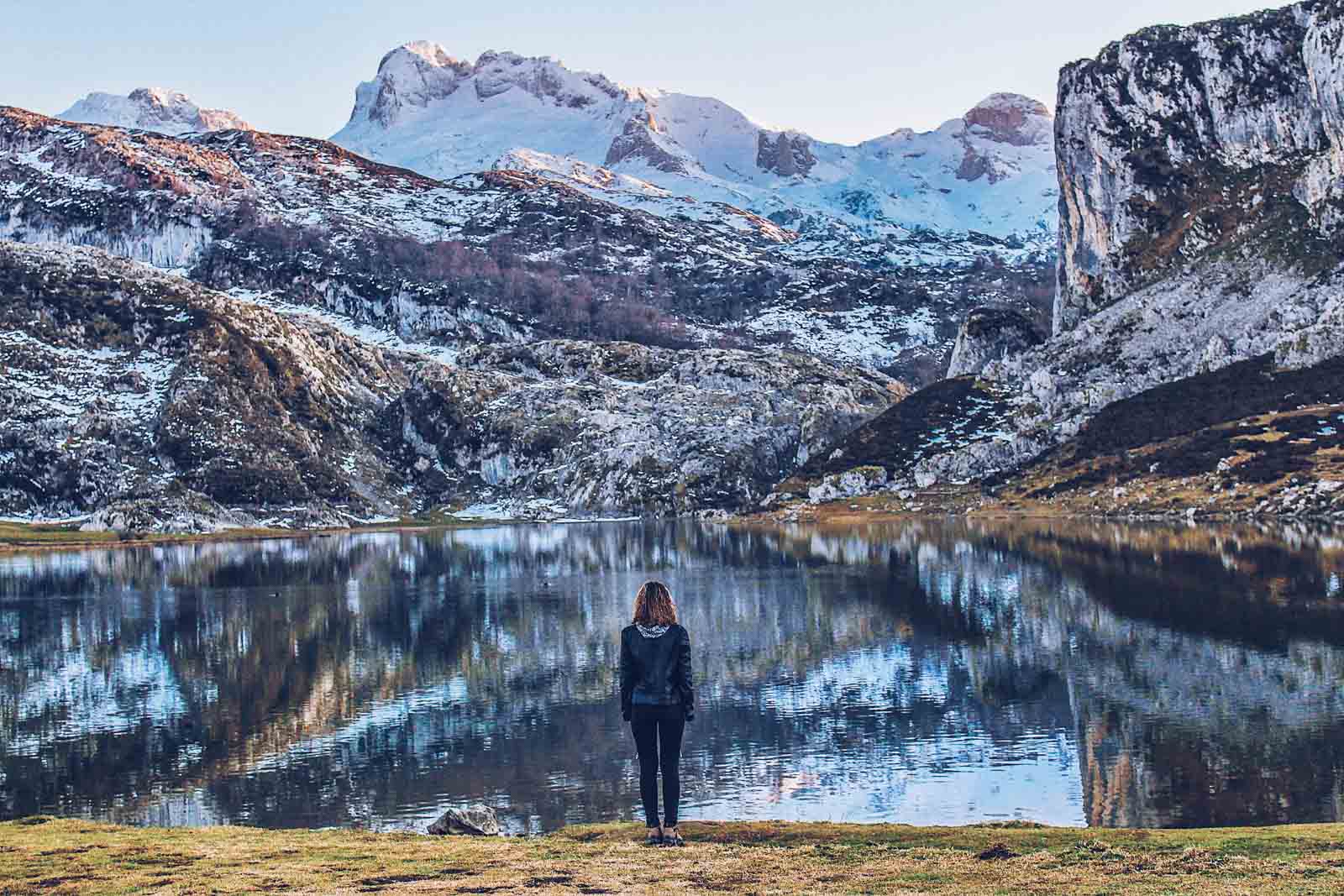
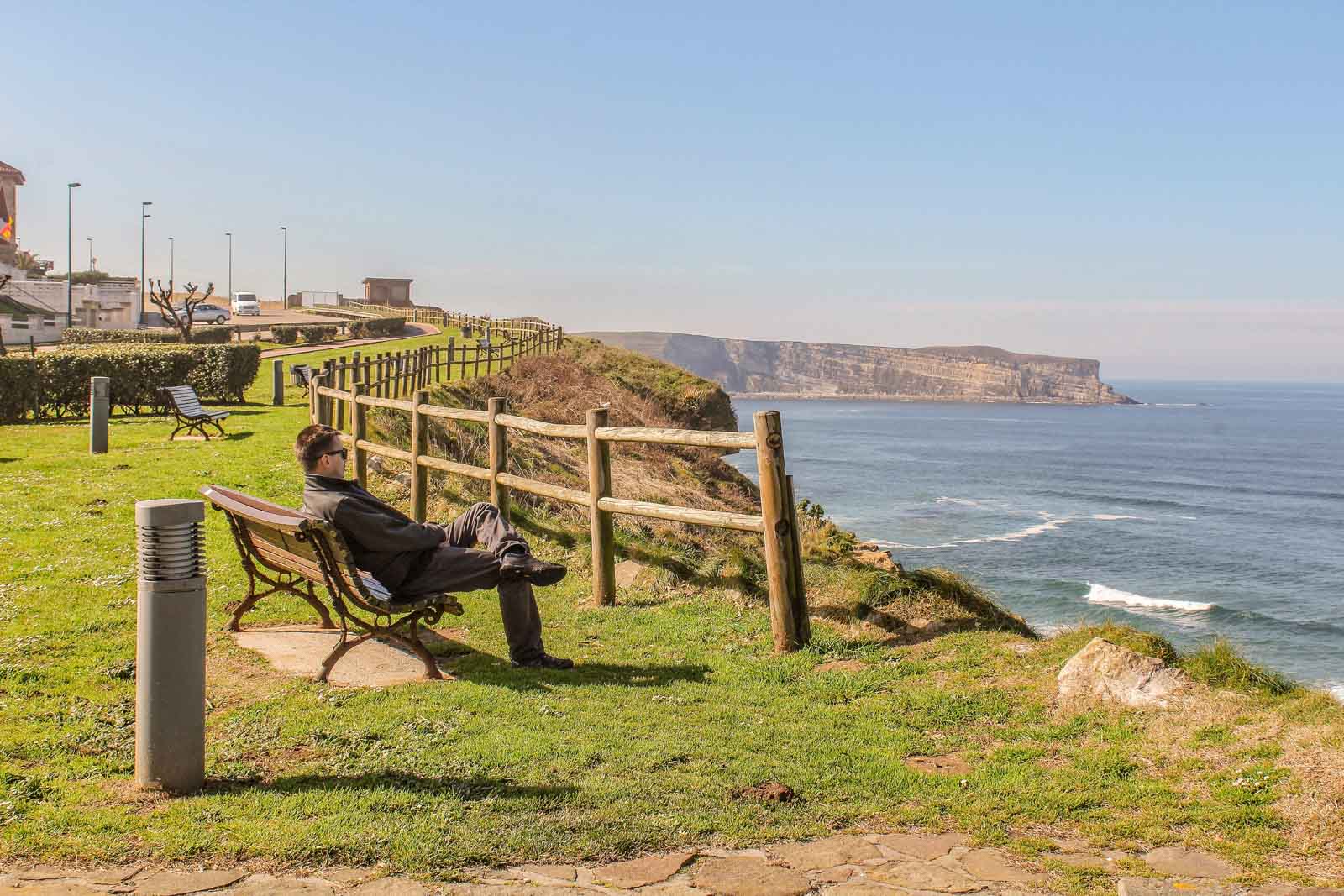
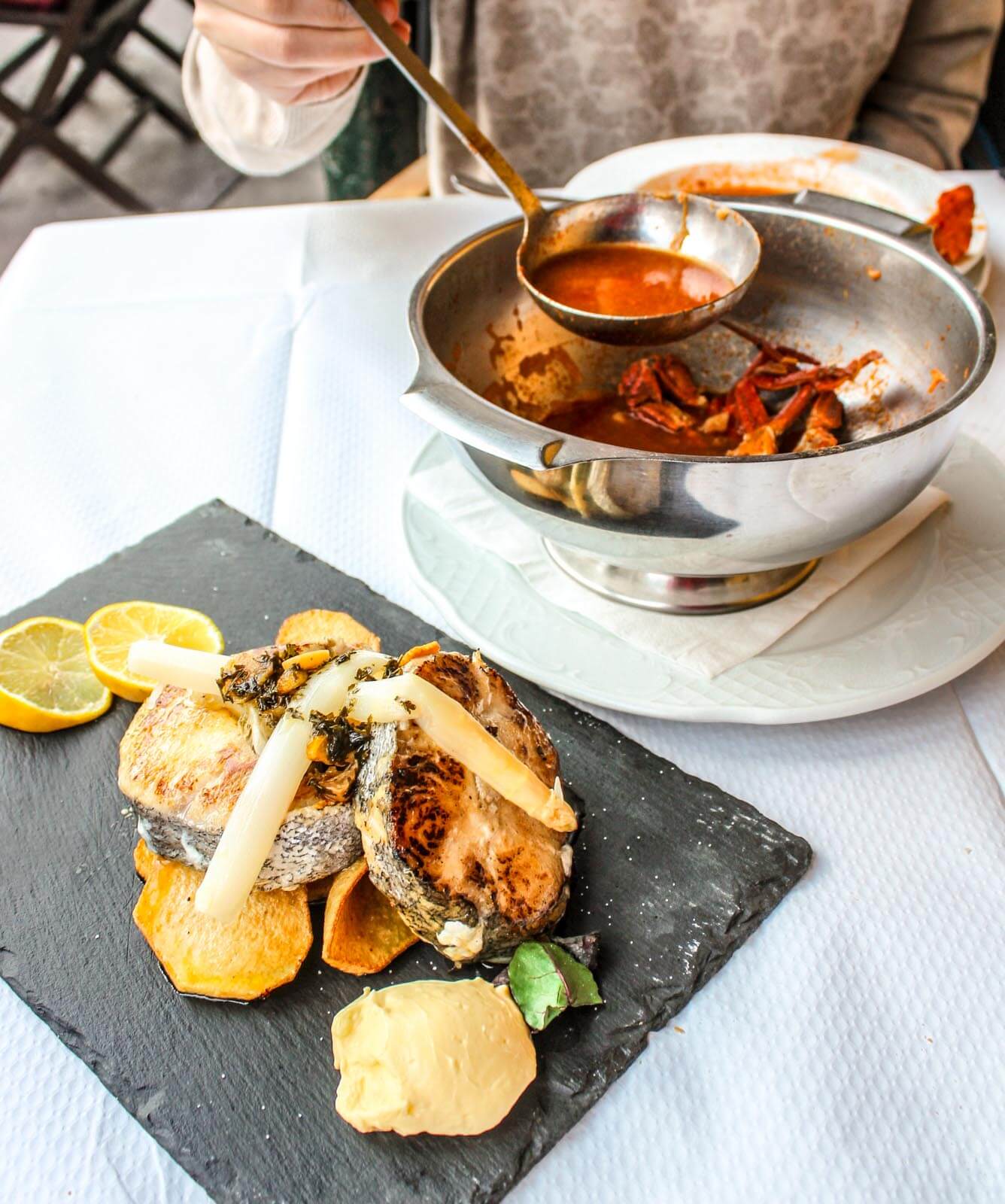
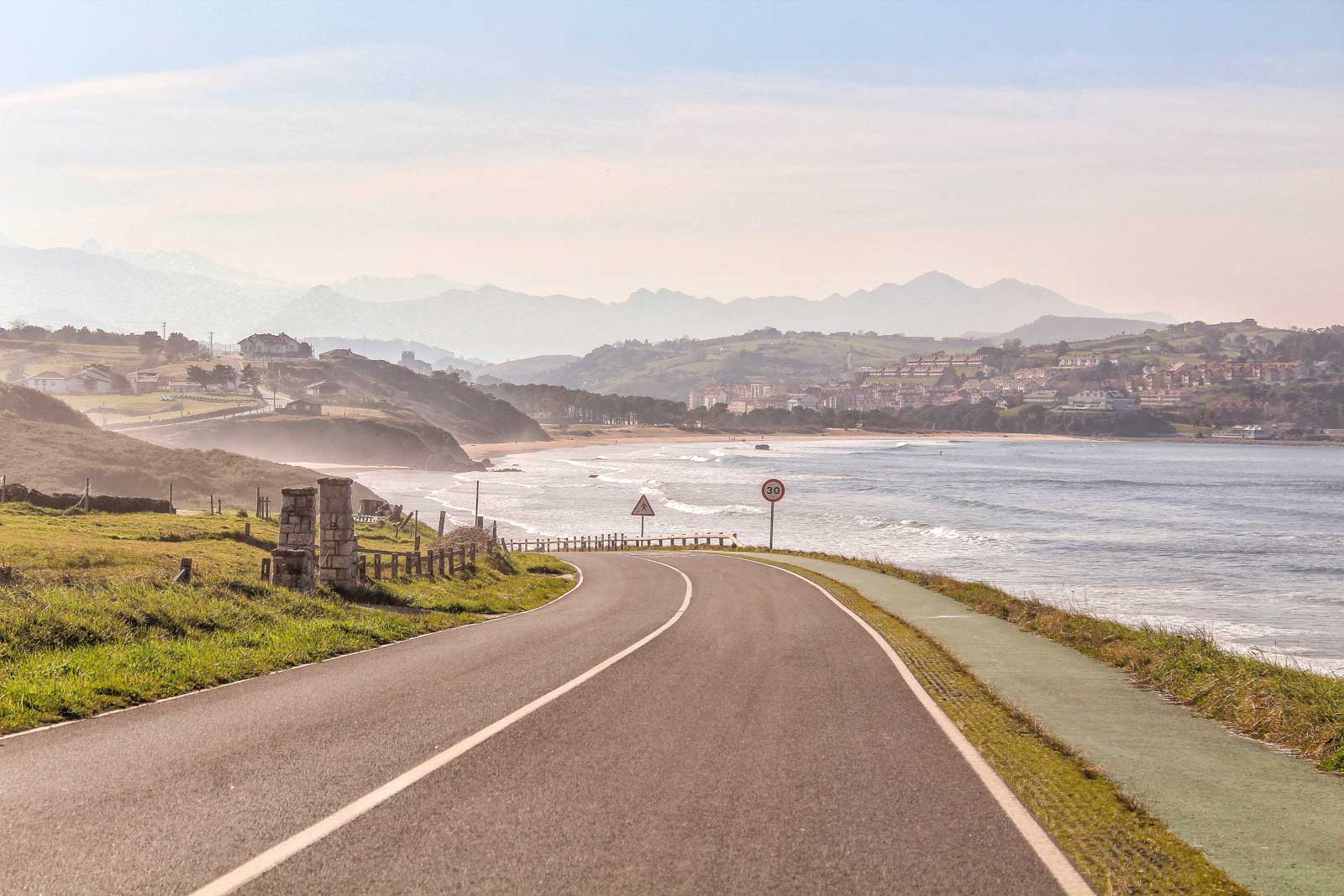
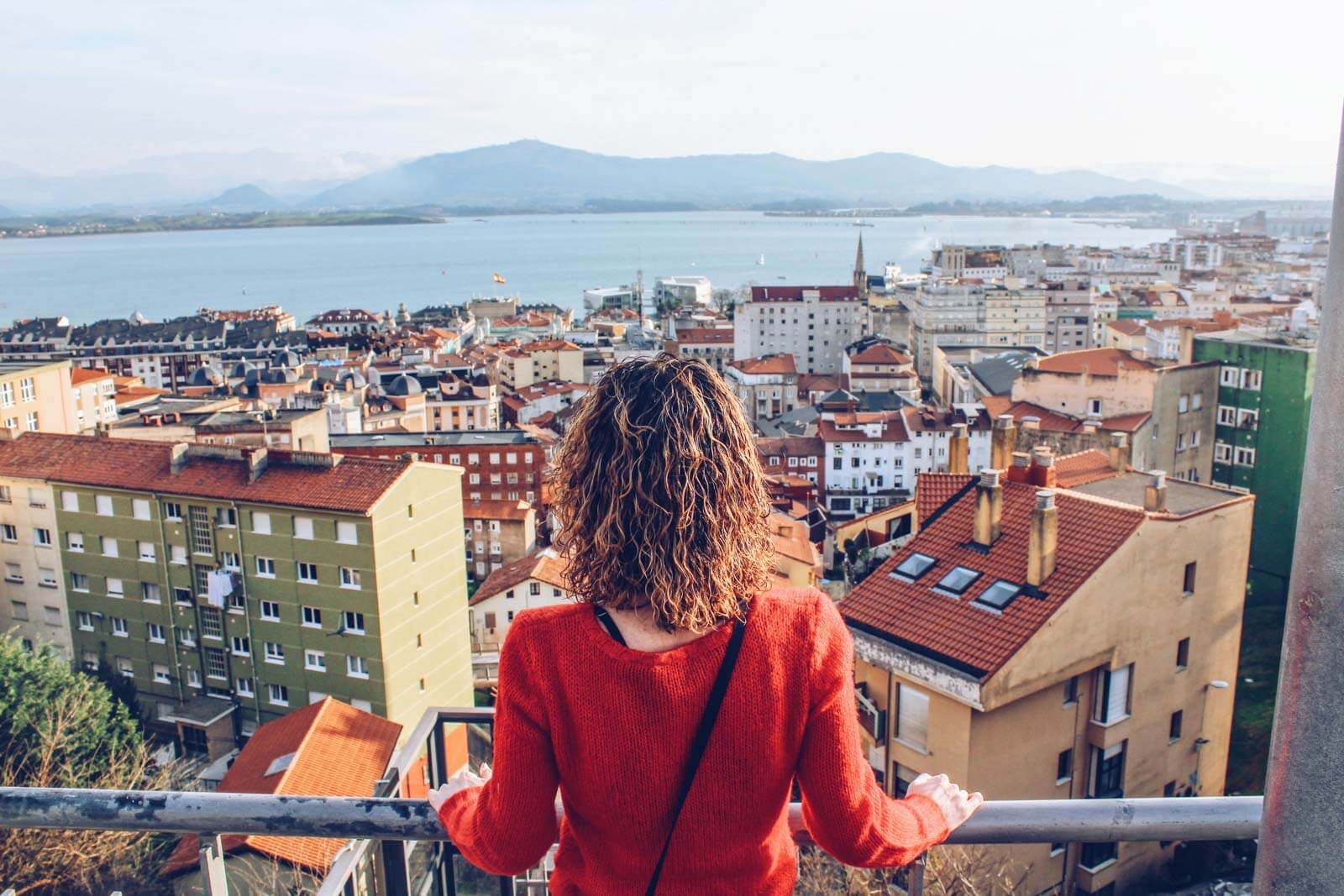
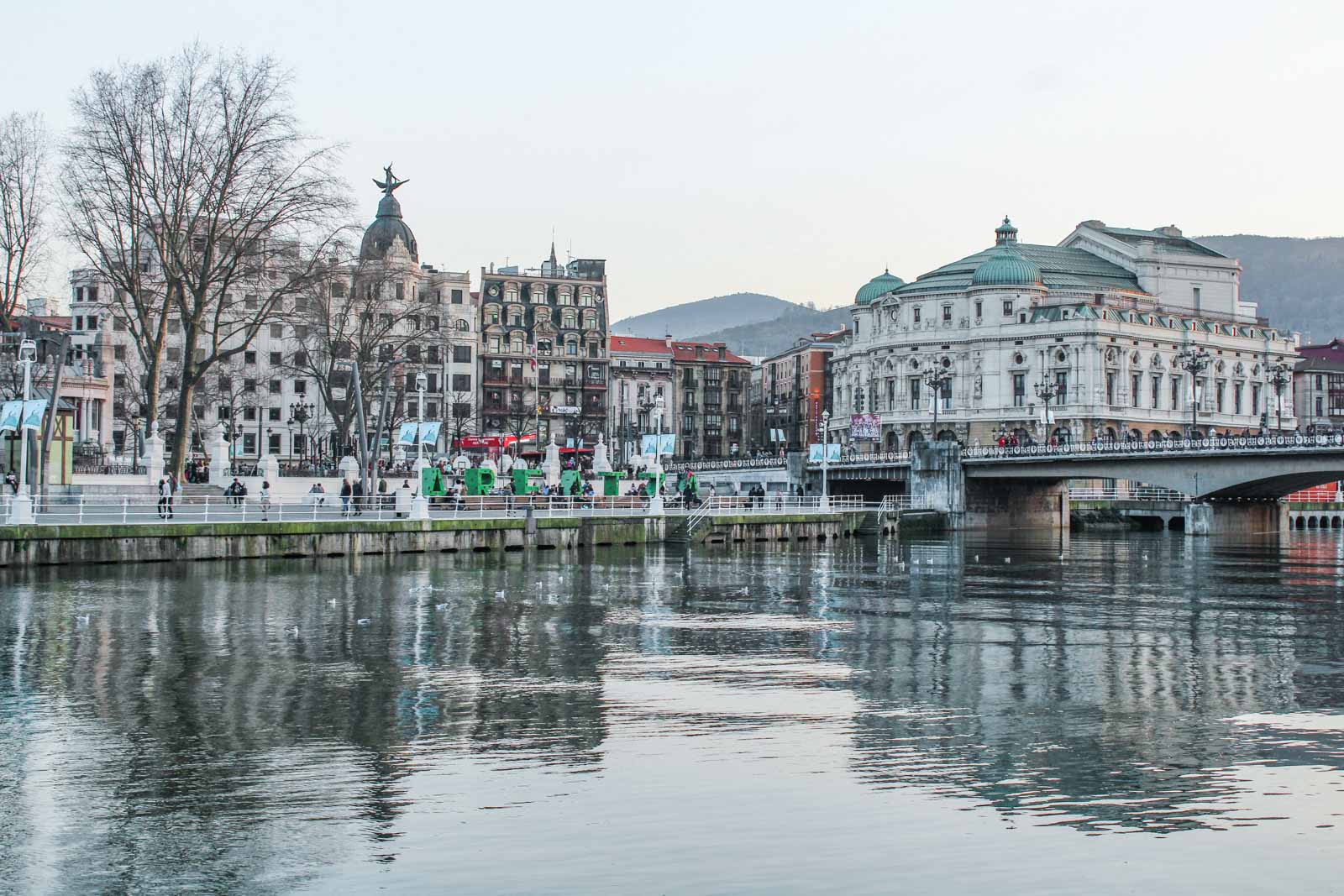
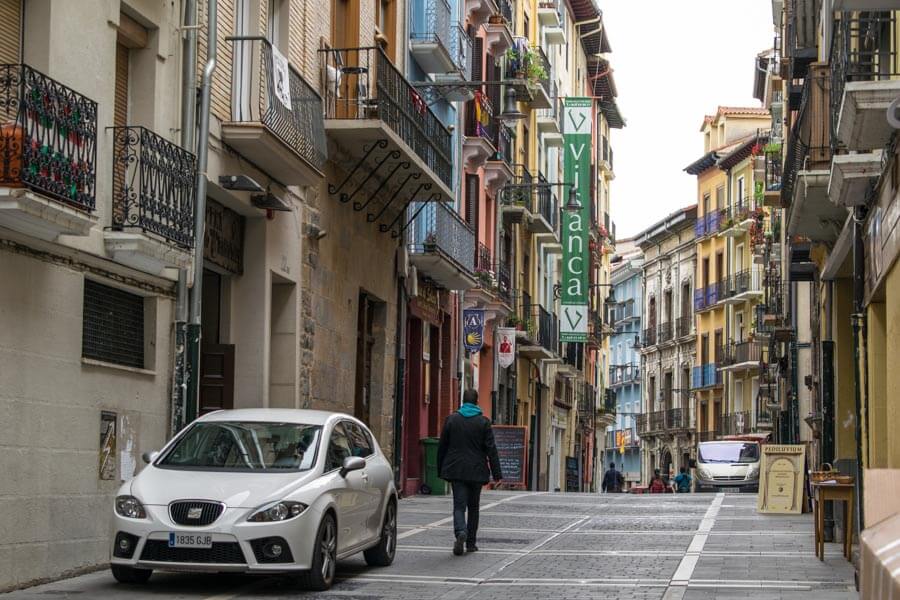
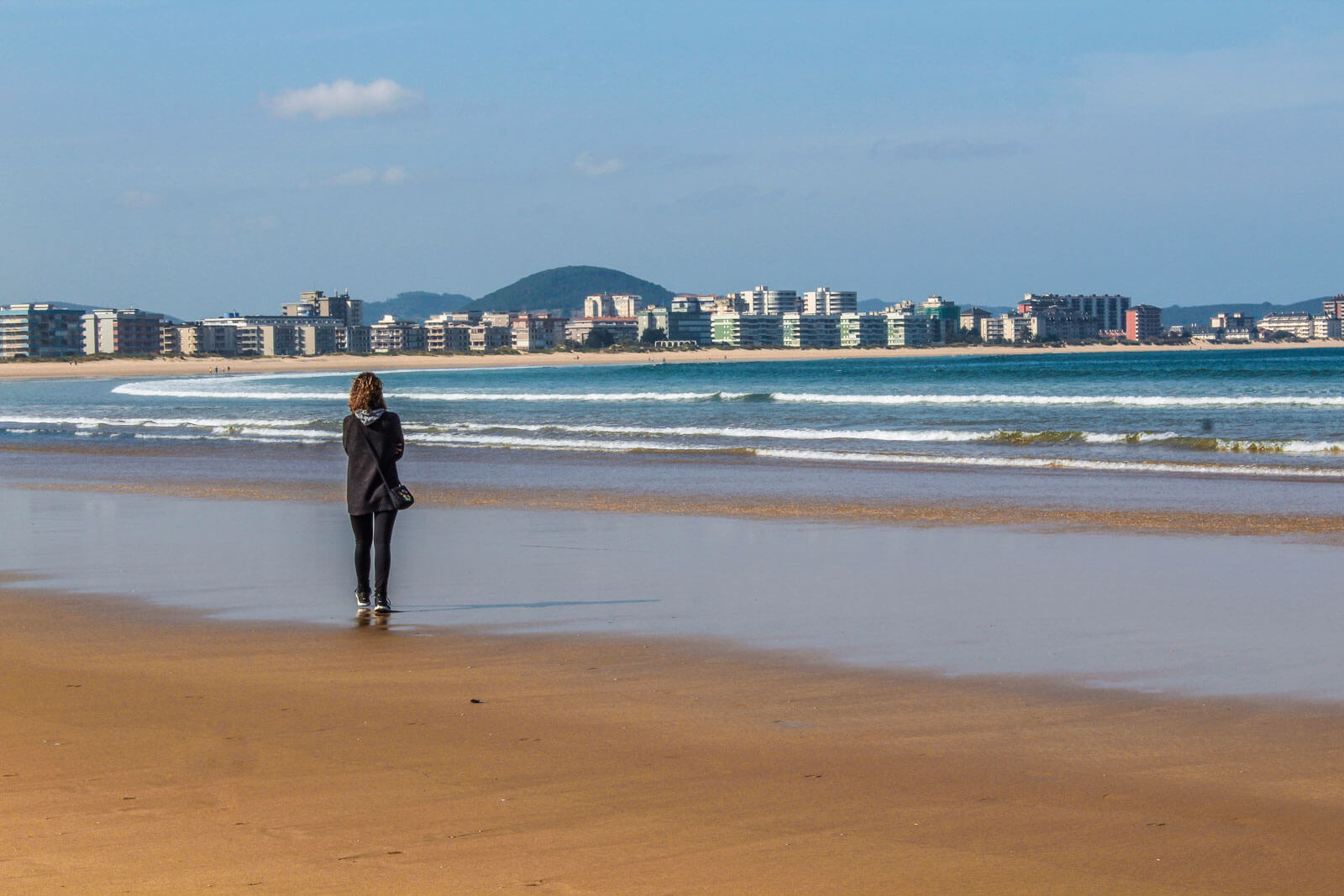
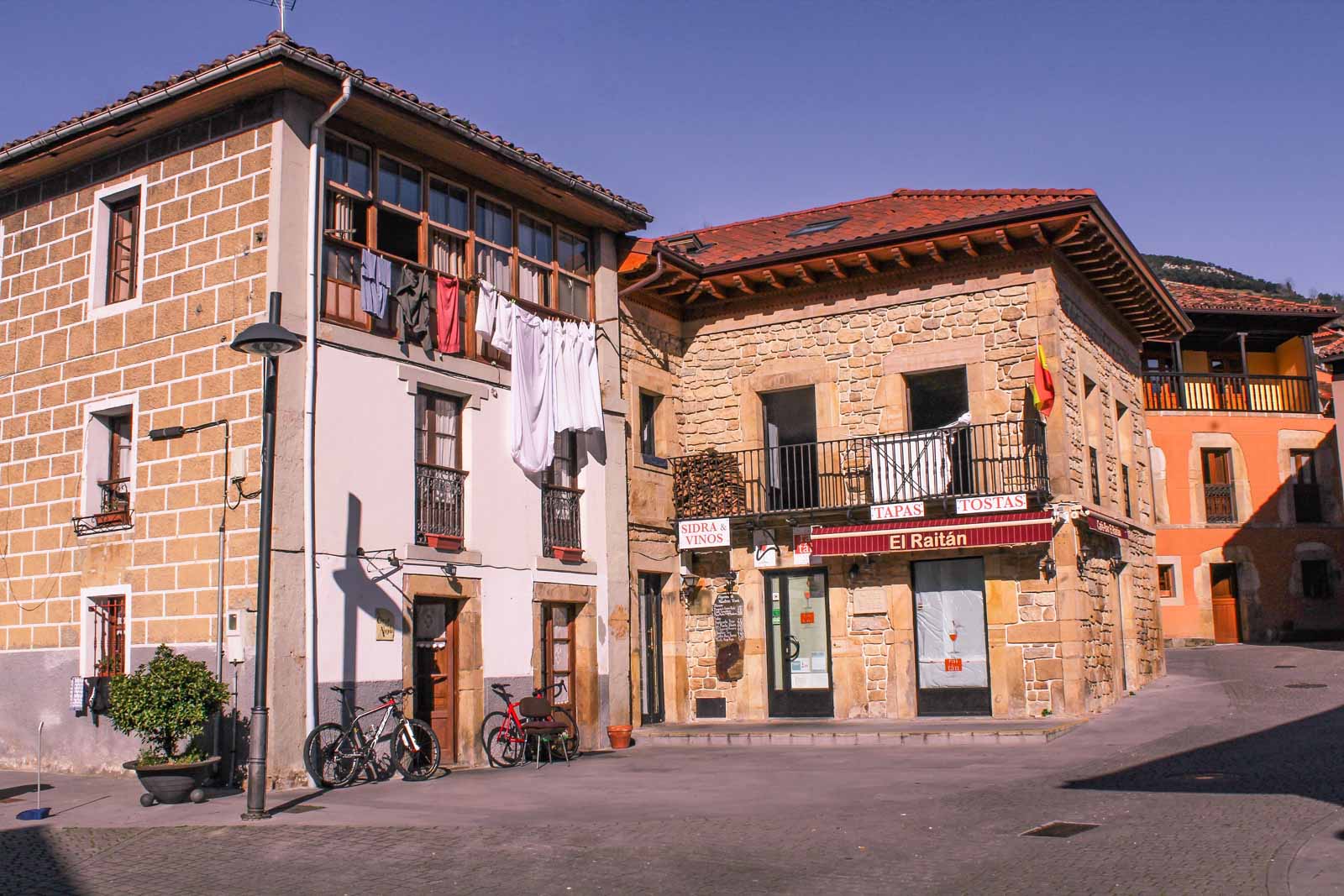
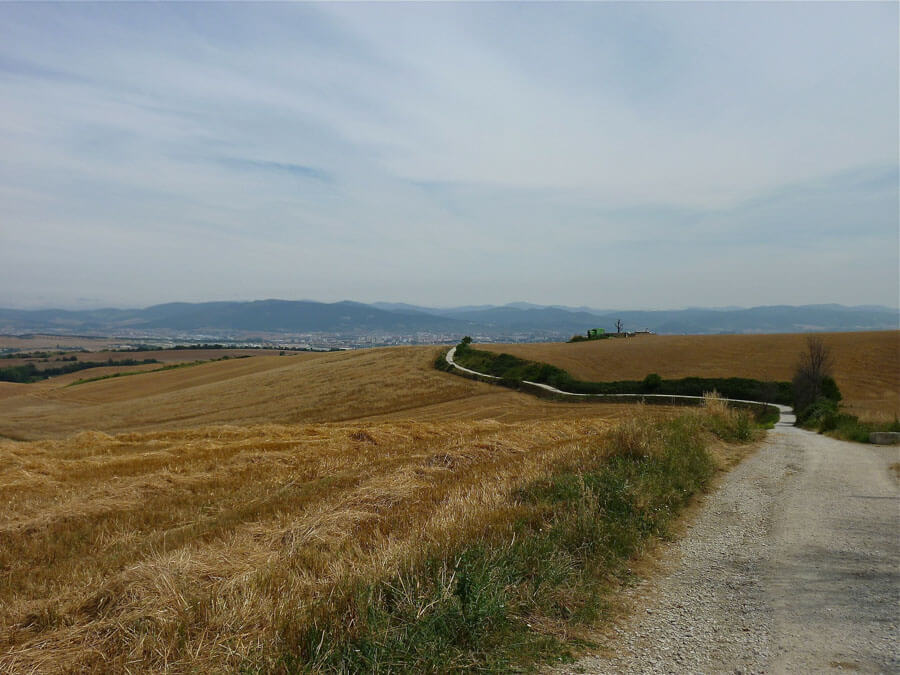
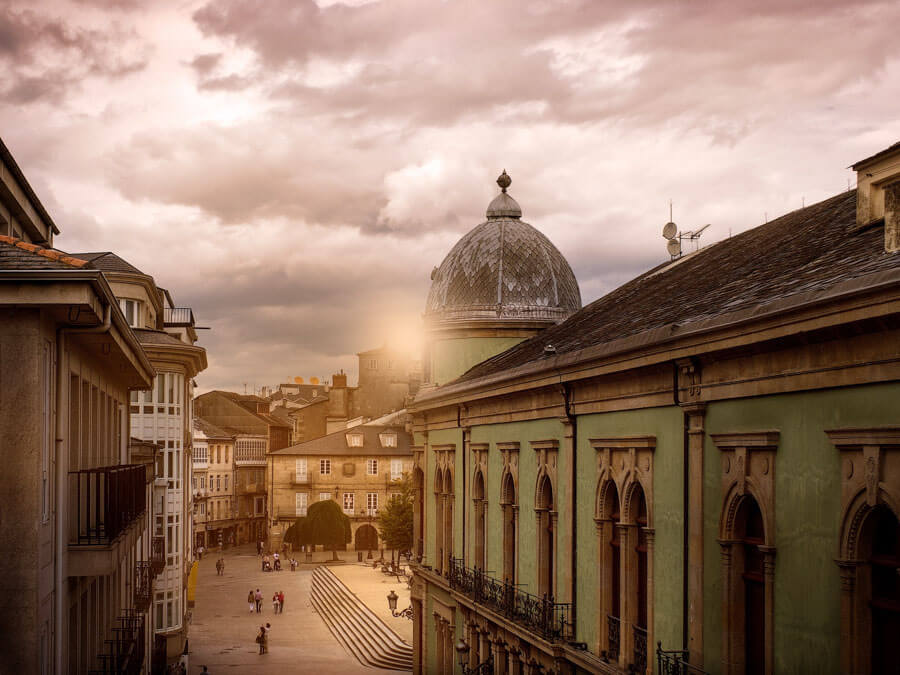
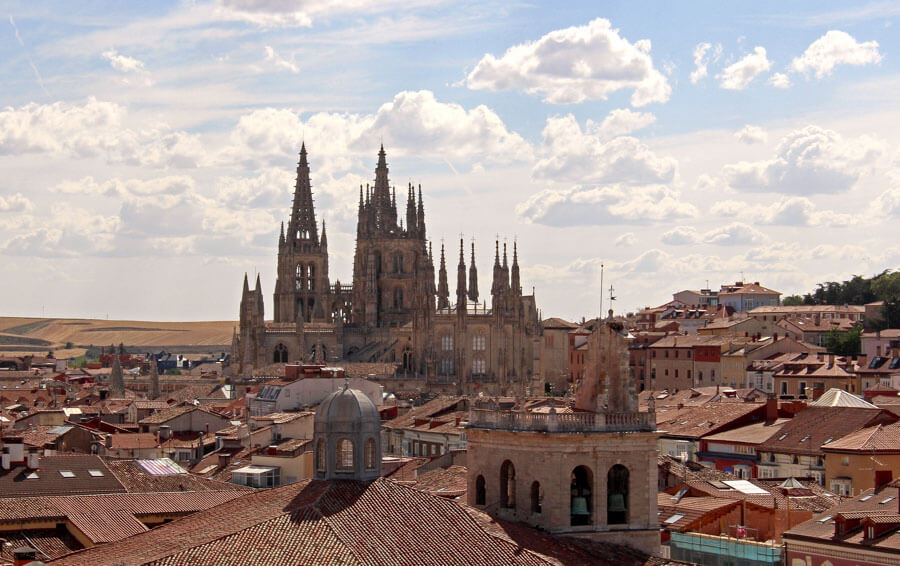
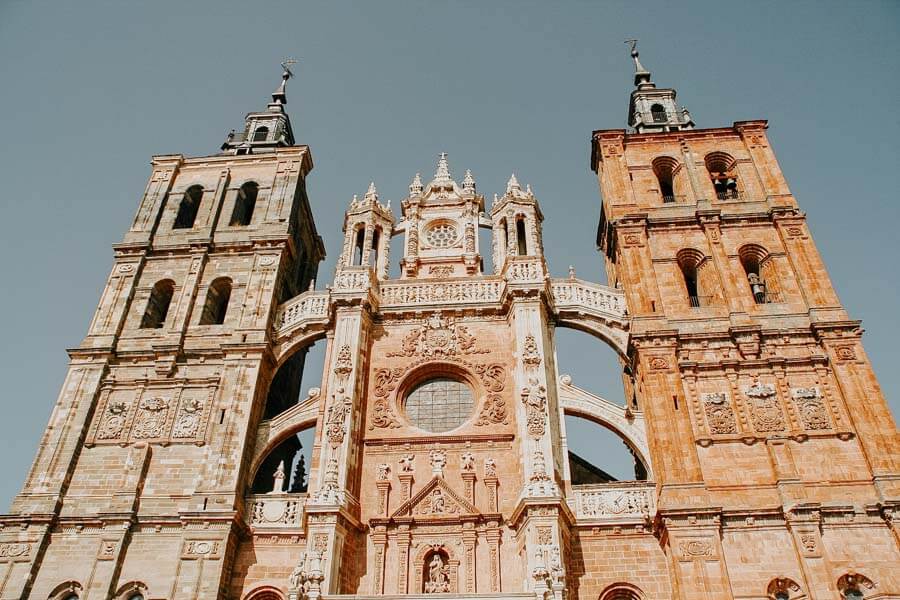
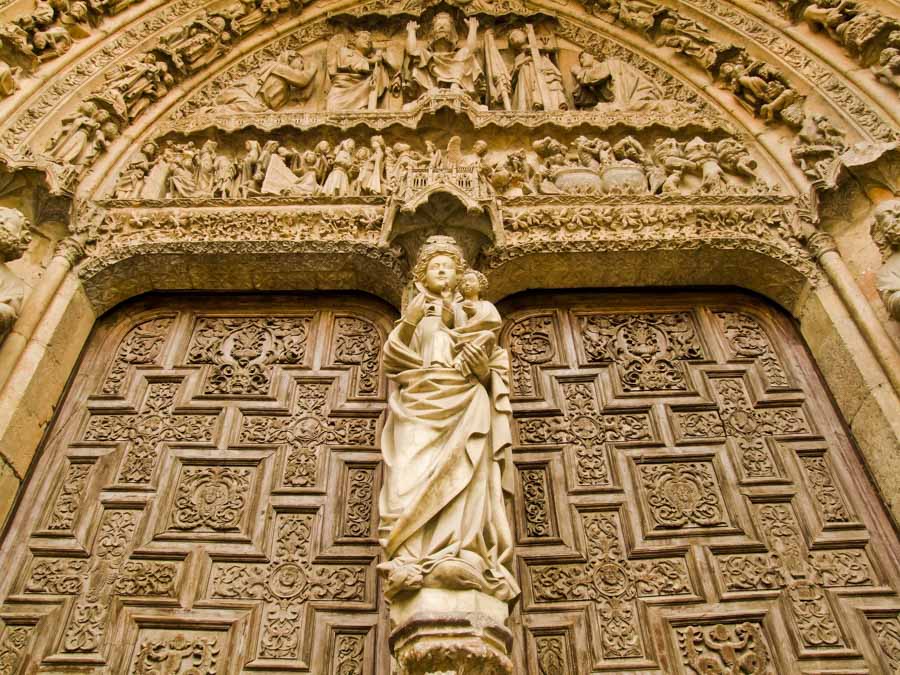
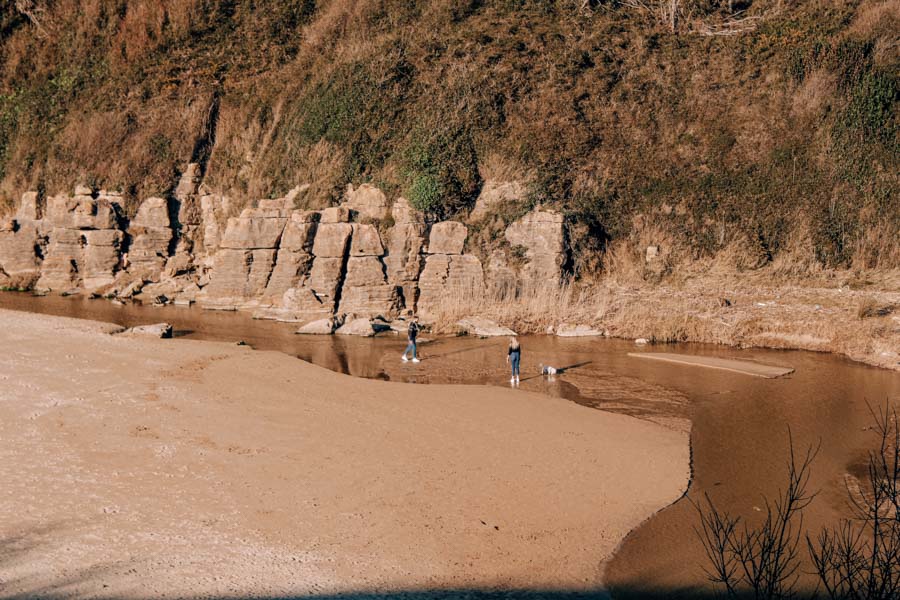
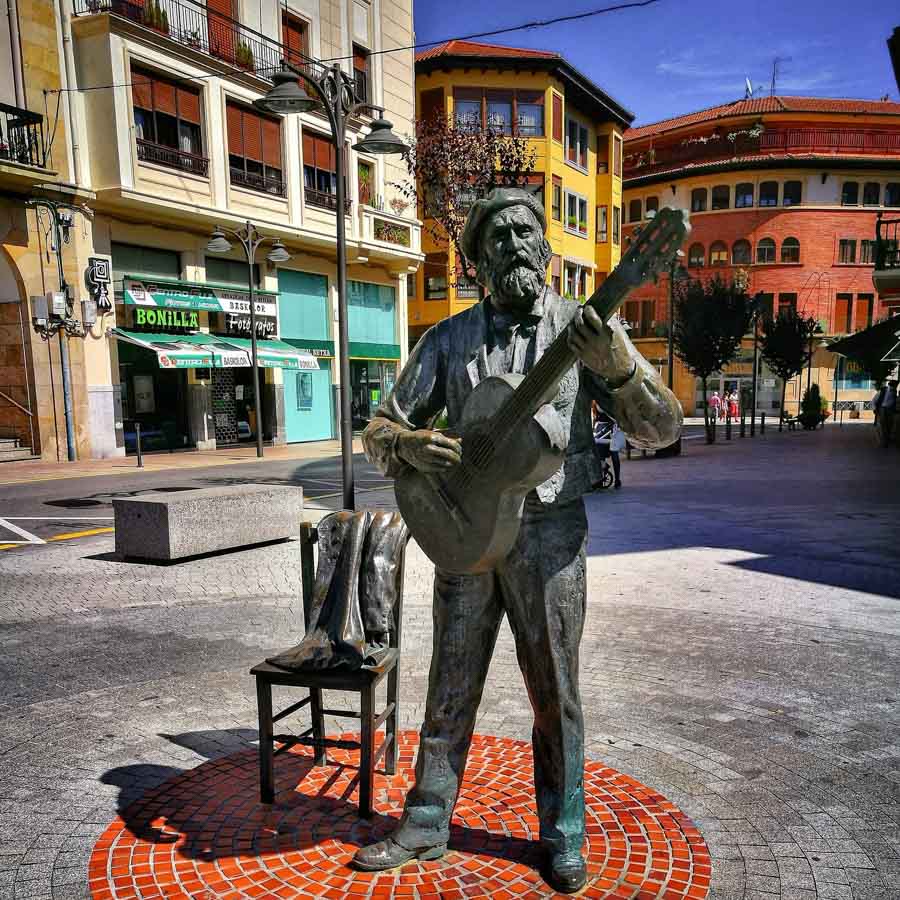
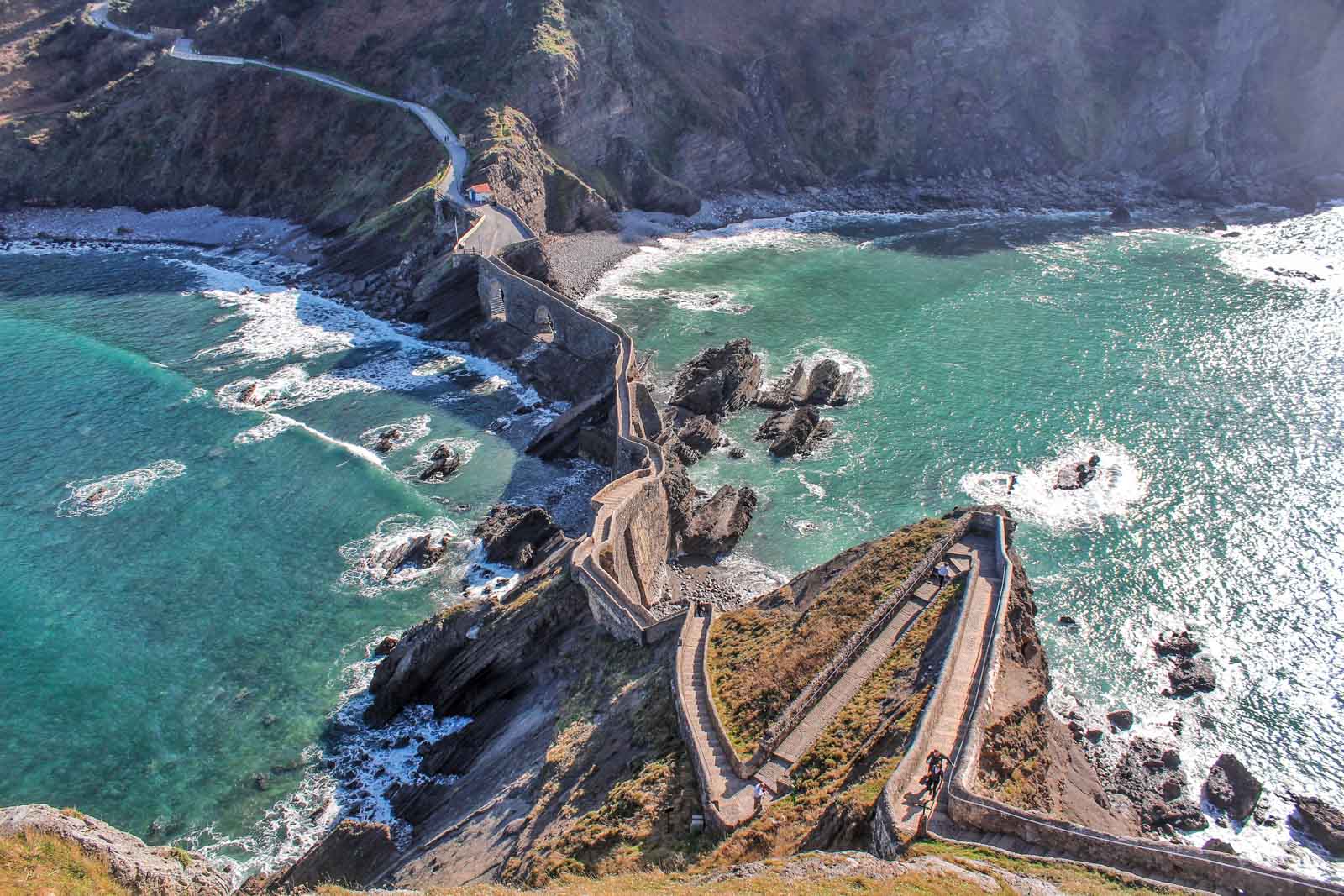
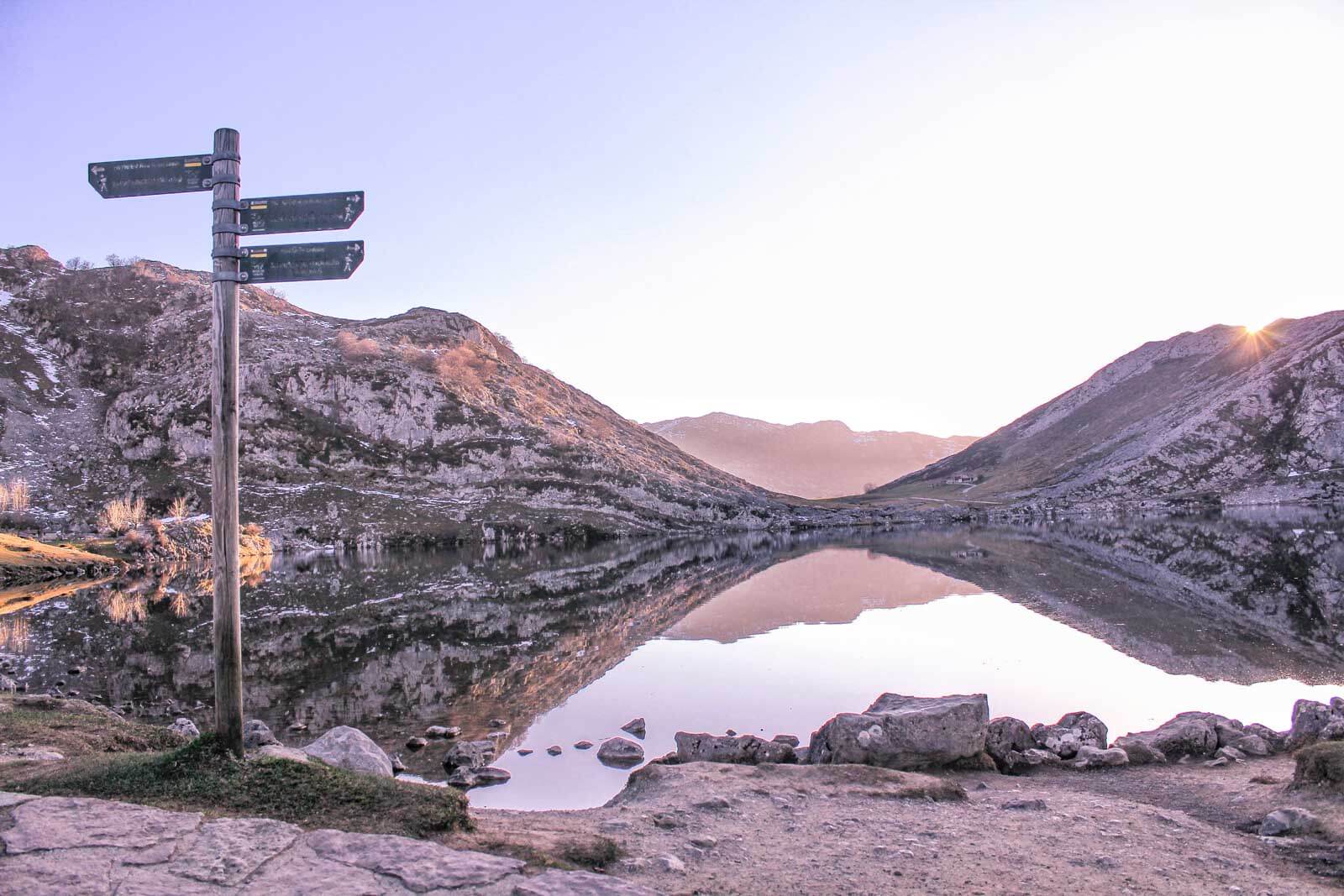
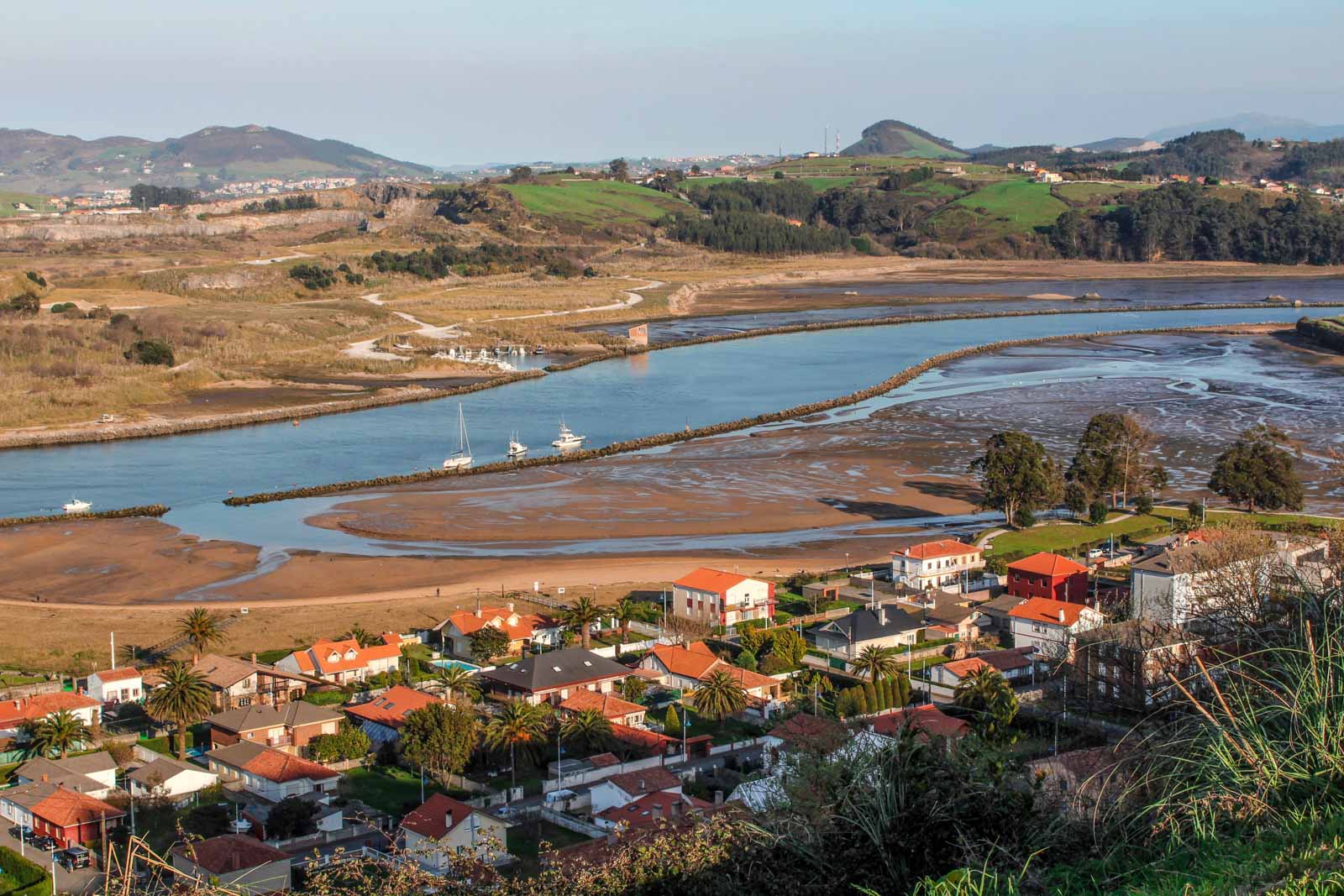

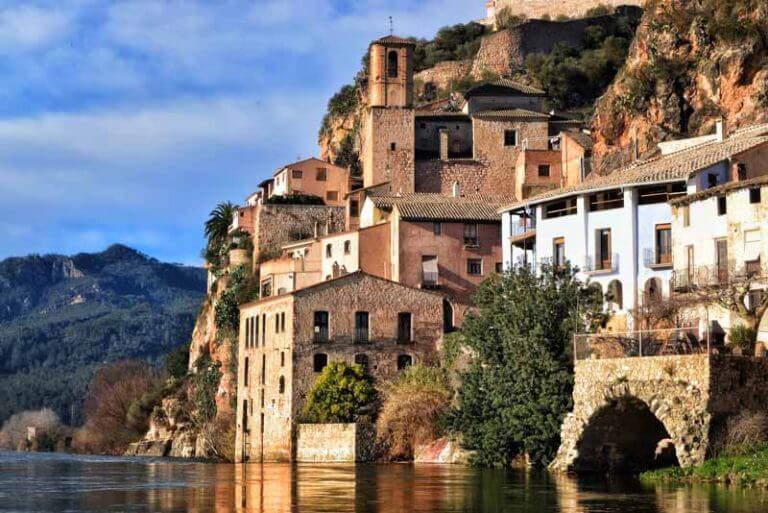
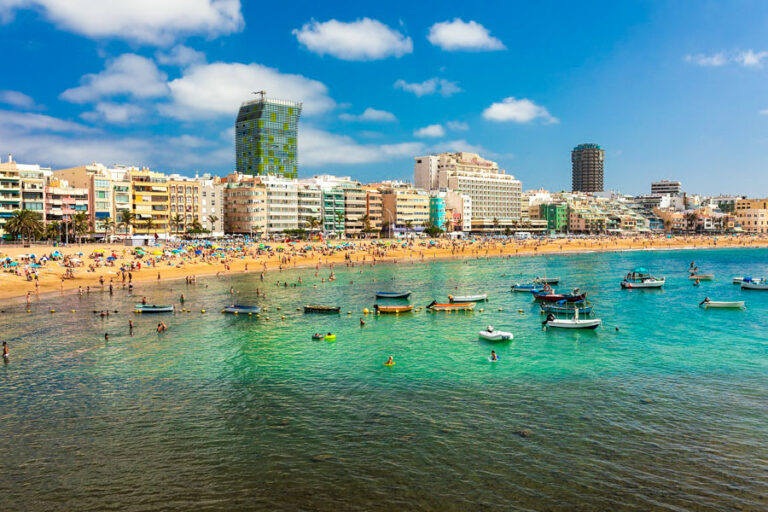
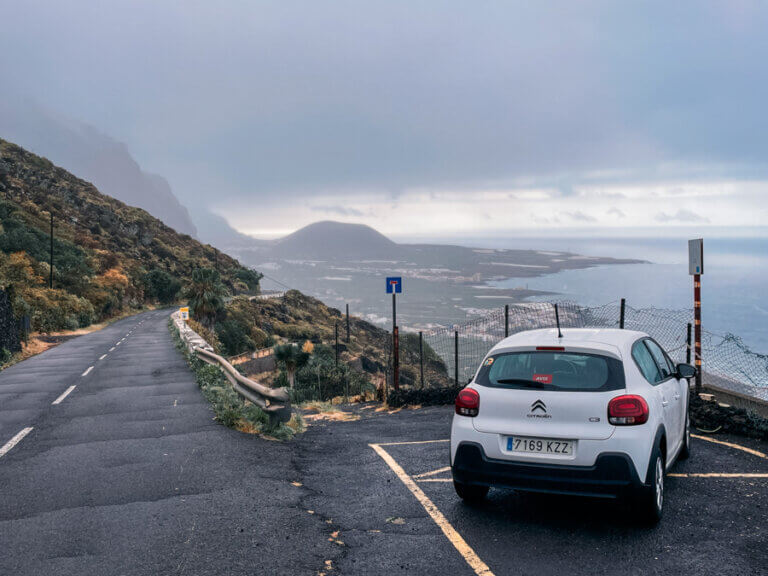
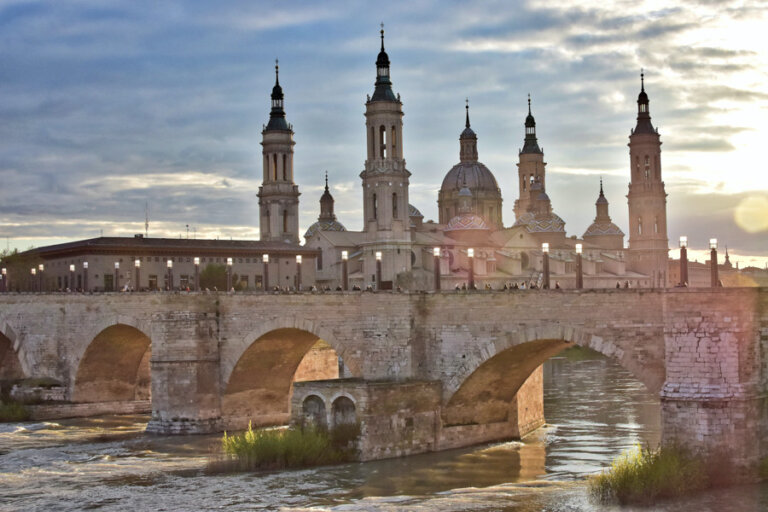
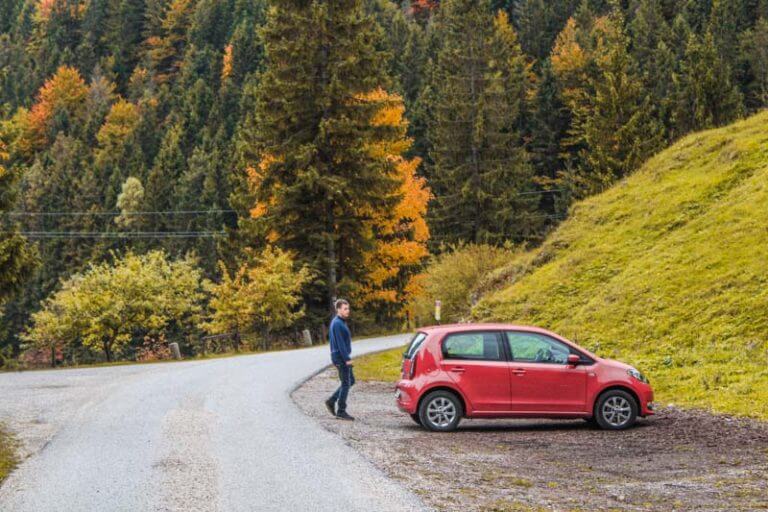
I loved hiking in the Spanish Pyrenees (a few years ago) but the culture, food and beauty of Spain is fantastic! I’d love to go back.
It is difficult not to love Spain, and the North is absolutely mind-blowing!
I love how you went from South to North and found the gems in going off the beaten path! After travelling in South East Asia for 2 years straight, COOLER weather sounds like heaven 🙂 Such great spots you found!
Thanks, Kashlee! Yes, Northern Spain is full of gorgeous spots!
I live in Andalucia but I also love the North of Spain, both beautiful but different. I have only been to San Sebastian and Bilbao but would love to visit the other places you mention. The pictures are stunning!
Alizon, we are actually wanting to visit Andalucia so badly! Have been planning a few times but it never worked out well, hopefully, it will later this year.
Oh, how much I love Northern Spain! I enjoyed reading your post and seeing your perspective on this region and it makes me want to go back.
We do too, such a beautiful part of the country!
I have been toying with the idea of retiring in a small stone village in Northern Spain (though not too far from a biggish city). I visited a couple of years ago the cities of Santander and Oviedo and ‘was bowled-over by its beauty.
Hey Raymond!
Both of these cities are incredibly beautiful, we loved them so much! And I totally understand your desire to settle in a small village not far from the city, that’s a dream for us too!
It would have been good to see a map showing the location of these places!
I’ve just added it!
We are planning on renting a car and touring northern Spain in early June. Is it possible to stop in different towns along the way and easily find accommodations, or do you recommend getting reservations ahead of time? Are there any hotels you recommend?
Hi Mary, June through August is considered a high season when accommodation and car rentals get booked far in advance. According to forecasts, this year Spain expects almost the same number of tourists as they saw pre covid, so it might be better to book your accommodation ahead of time, even in small towns. In this case you’ll know you’ll be staying in a place you like.
As for hotels, if you tell me more about your budget and preferences, I’ll be happy to build an itinerary for you and help you choose the right accommodation.
If shortly, based on my own preferences, hotels that I like and can highlight are:
Suite Home Pinares – guesthouse in Santander. The part of the city where this hotel is located reminded me of San Francisco. The building is an old Spanish mansion that has been restored, all rooms have antique furniture and colonial style decor.
Hotel Indiana Llanes – more of a B&B made in old colonial style Spanish house. Outside Llanes and away from the beach but in a quiet setting, perfect for travelers who have a car.
Hotel Eutimio in Lastres – a boutique hotel on the shore of Lastres not far from the center
Gran Hotel Las Caldas – near Oviedo
Torre de Villademoros – in Luarca
Thank you so much, Anya! My husband and I are meeting our son, who is in graduate school in Madrid, and renting a car after a couple of days touring. We will have 13 days to travel before we return to Madrid to fly home. Here’s what we’re thinking, but totally open to suggestions. Day 1, drive to Santiago de Compestala and spend 2 nights. Day 3, Drive to Oviedo for 2 nights. Day 5, overnight in Santander. Days 6 and 7 and 8, Bilbao. Day 9, Bayonne. Day 10 and 11, Pampolna, Day 12, Logrono. Day 13, drive back to Madrid to fly home. We like to drive around exploring and getting off the beaten path, stopping for specialties of the area. The hotels you mention sound amazing. We don’t need glitz and glamour, but we like fun, interesting places. We are pretty easy to please. Any suggestions about out itinerary would be welcome. We have never been to this area and I am just looking at the map and reading what I can online. I appreciate your help!
Hi Mary, looks like you plan to cover a lot! 🙂 All the places you mentioned are definitely worth a visit but to be honest, there is also a lot to see between them, so depending on what you like, you may want to add a few more stops and visits to small towns, beaches, and farms.
On day 1 towards Santiago de Compostella, I recommend you make a stop in Ourense (it will be on the way) – a city famous for hot springs right on the edge of the river. It also has a historic center, interesting churches and bridges, but the main thing here is thermal water. You can soak in Caldas de Outariz hot springs and to reach them, go along the Thermal Walk which runs along the right bank of the Miño River.
Another place that you could visit on the way to Santiago de Compostela is Salamanca. It would be a bit of a detour but this old academical city with one of the oldest universities in the world is worth a separate visit.
On the way from Oviedo to Santander, you can visit some of the most beautiful beaches in north Spain – Playa de Palombina, Puerto Chico beach, Playa de Cuevas del Mar, Arnia beach, Playa de Tagle.
Among other highlights – Sanctuary of Covadonga, Lakes of Covadonga, San Vicente town, Sidra Crespo winery near Lastres.
Depending on what you plan to do in Balboa area, 3 nights may be too long there. I’d better devote 2 nights to Santander but it all depends on your interests and what in particular you’d like to do/see.
Anya,
I so enjoyed your article on the Northern area of Spain where my grandma was born. I’d love to invite my 88 year old mom to join me for a visit. I love your style of writing. It reminds me of how I wrote in college.
-Lori
Thank you Lori for stopping by to tell me this! I hope you’ll get to visit together with your mom and you two will enjoy your trip! Happy New Year by the way!